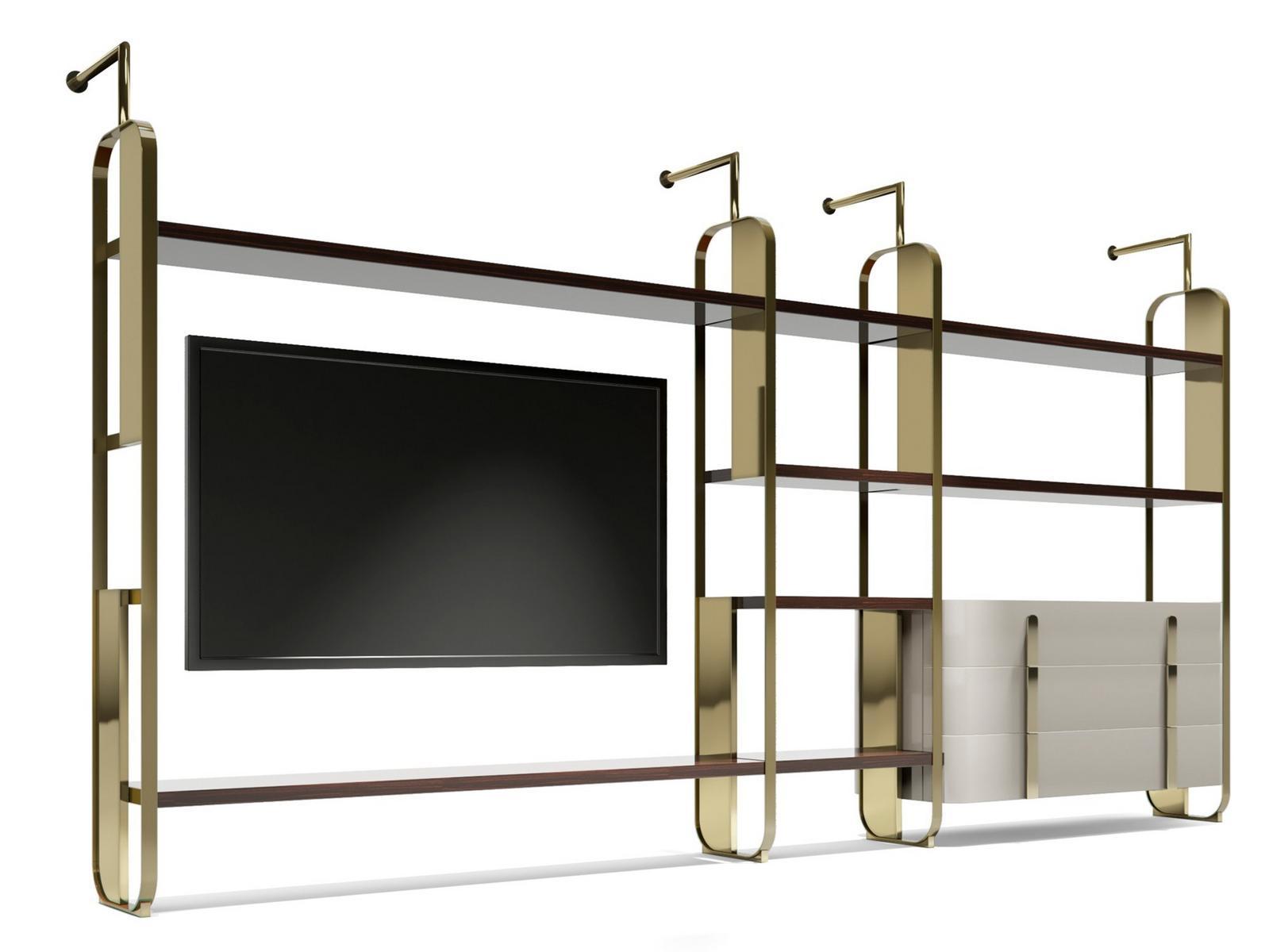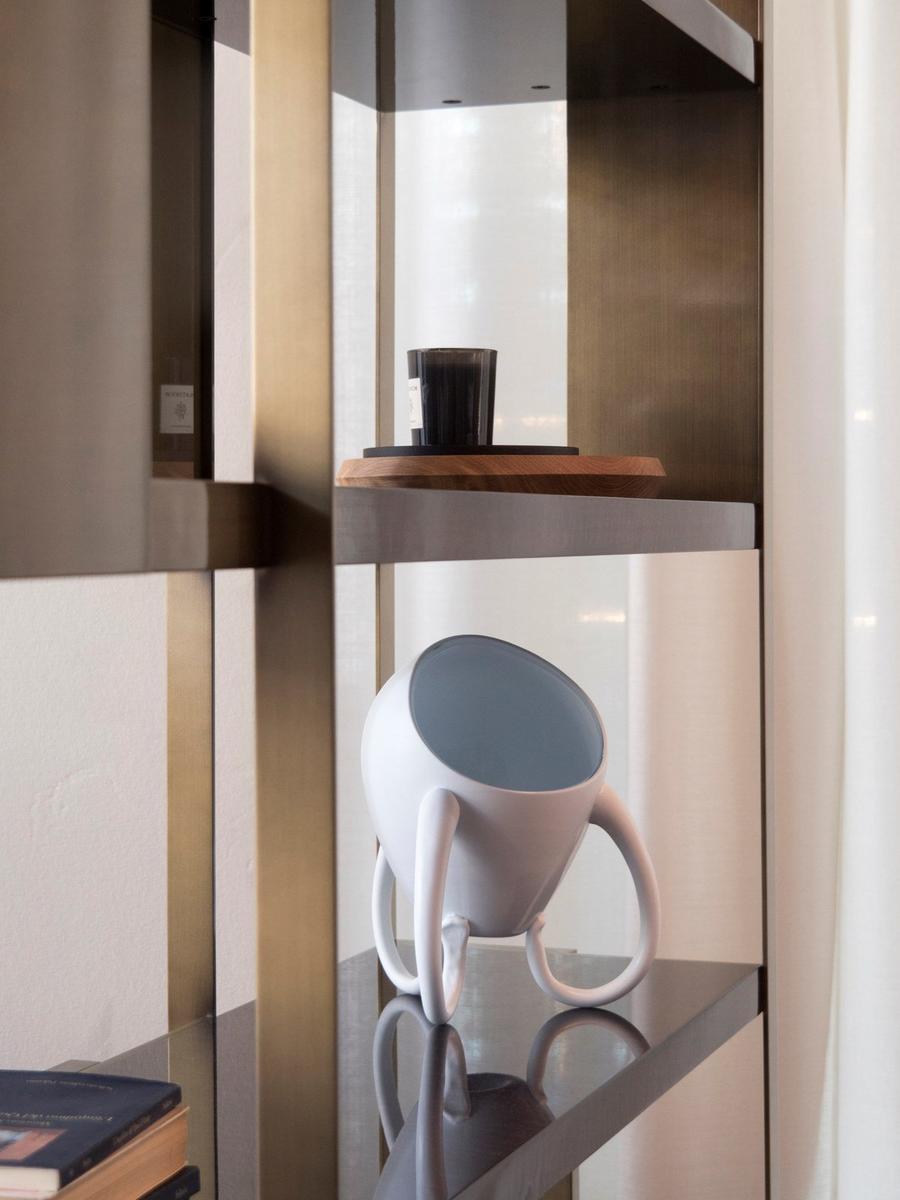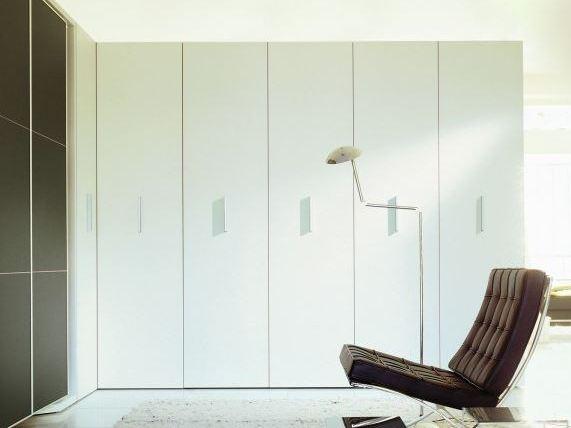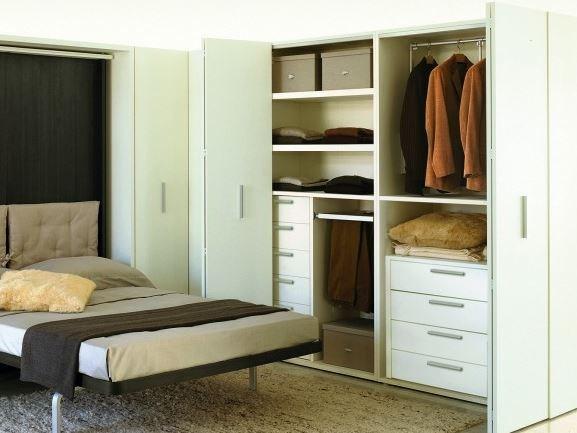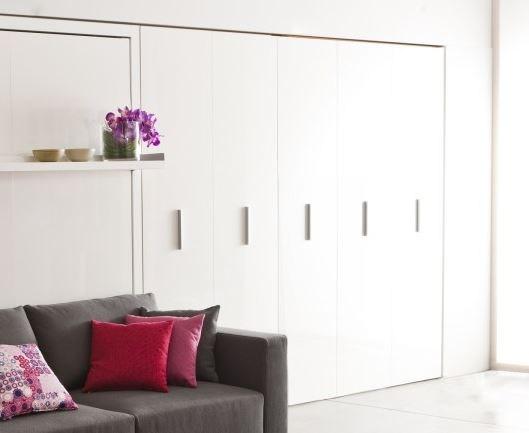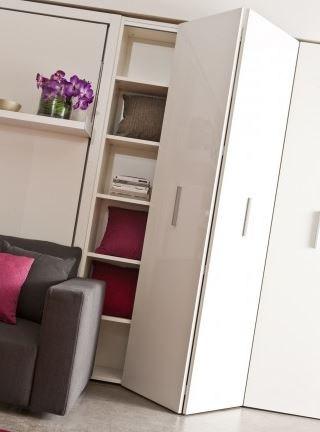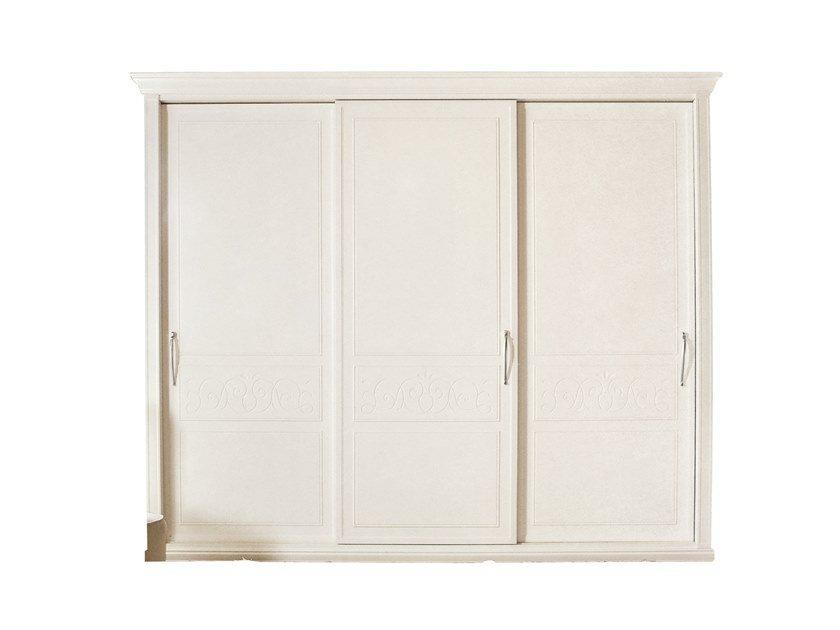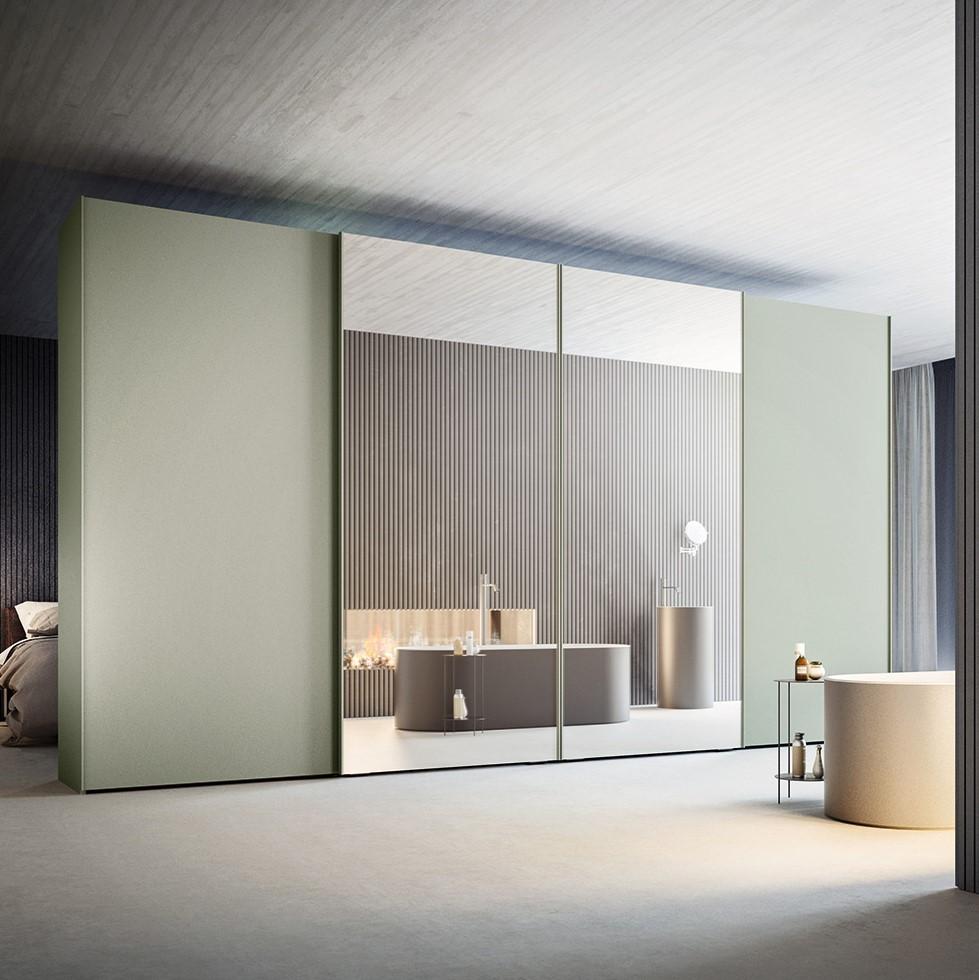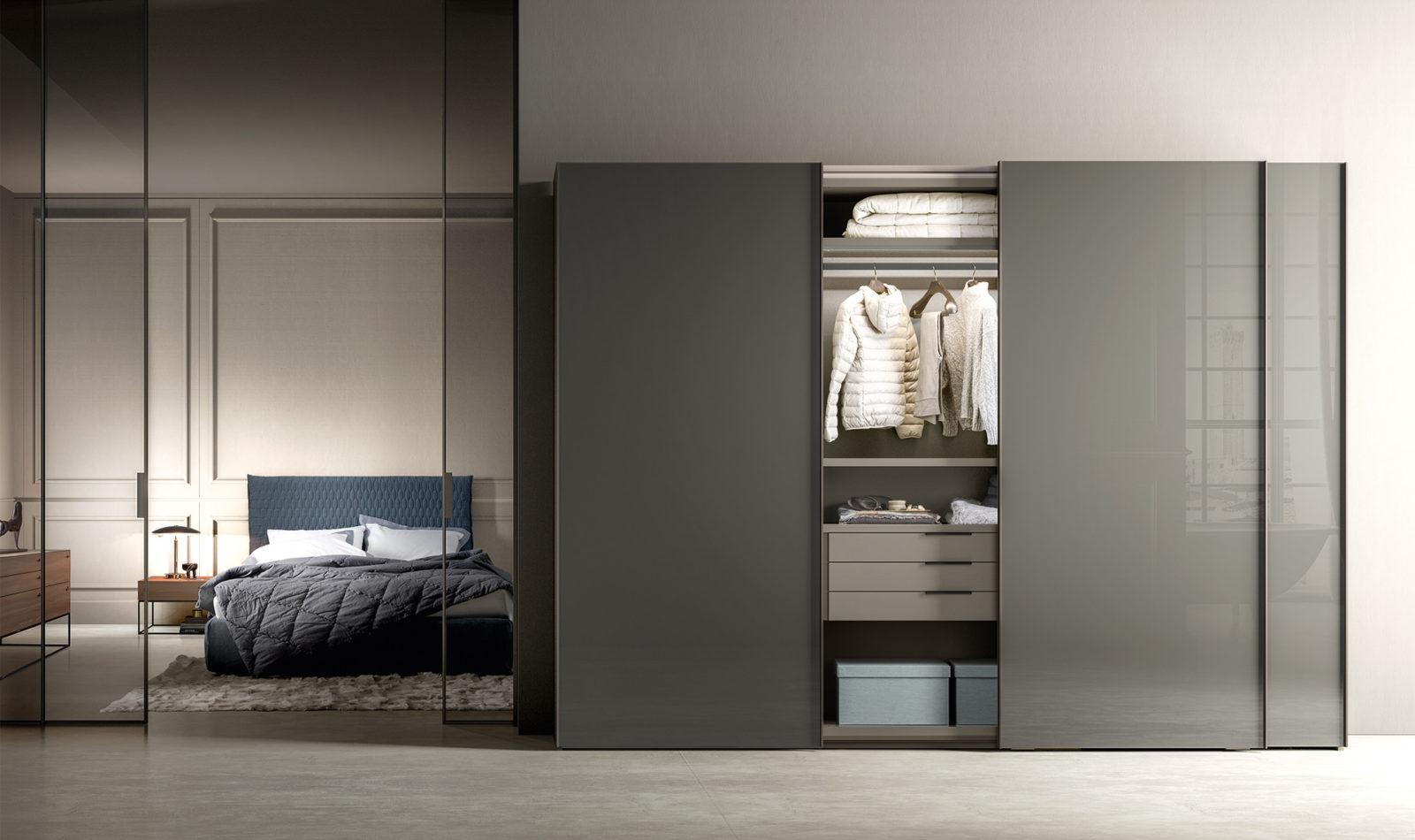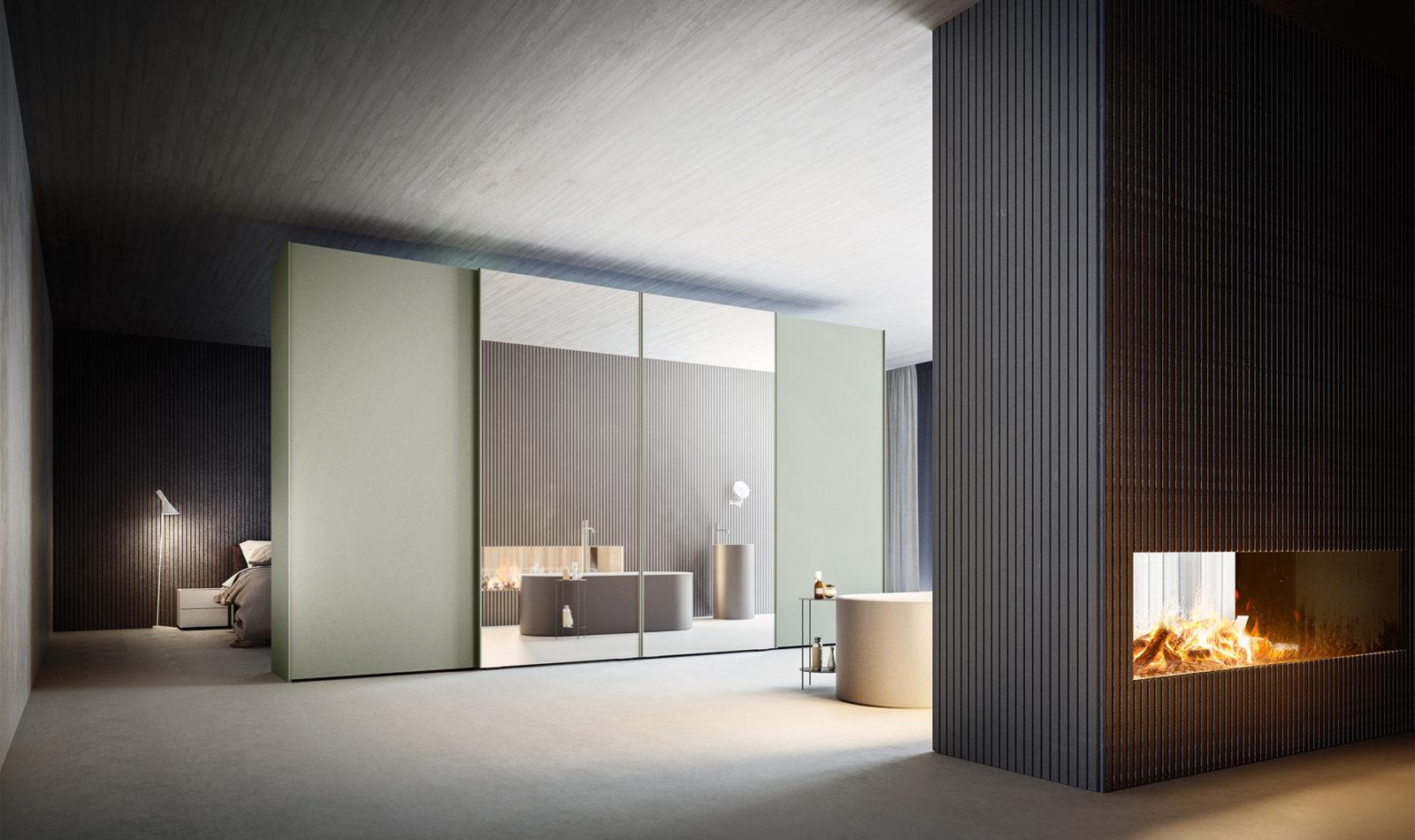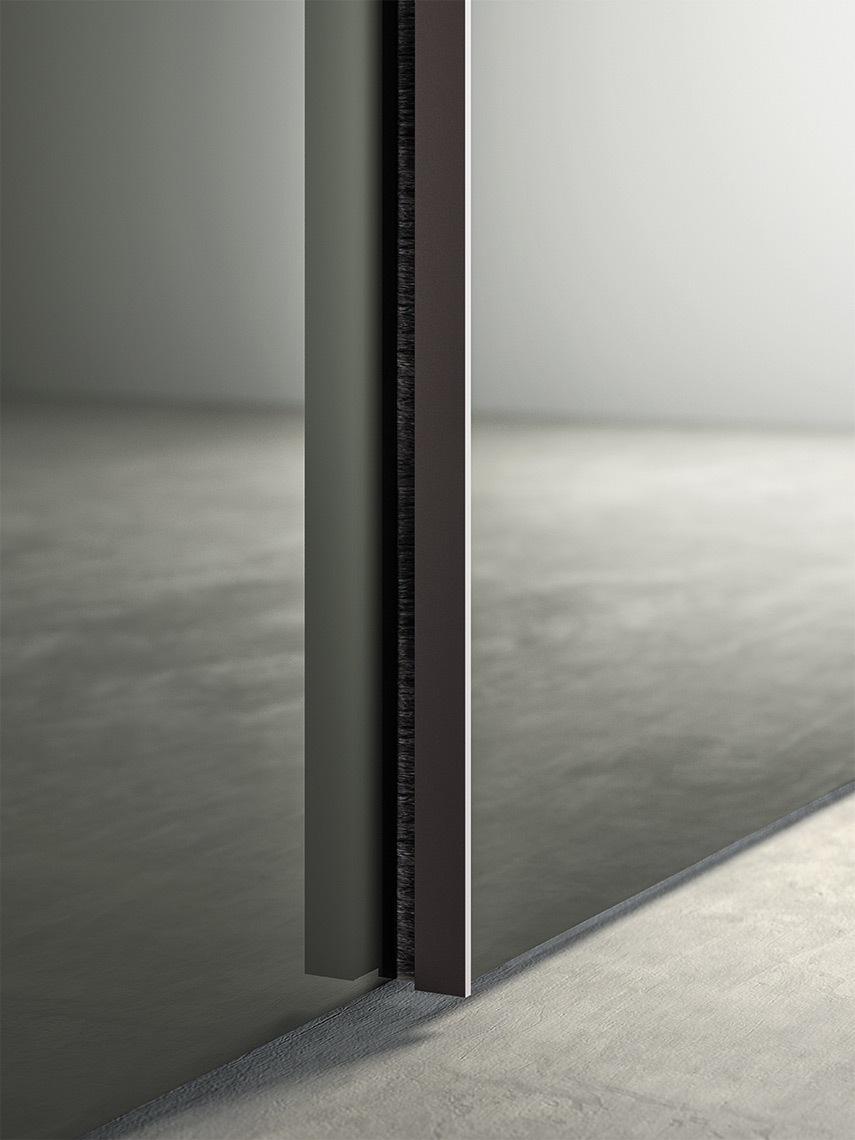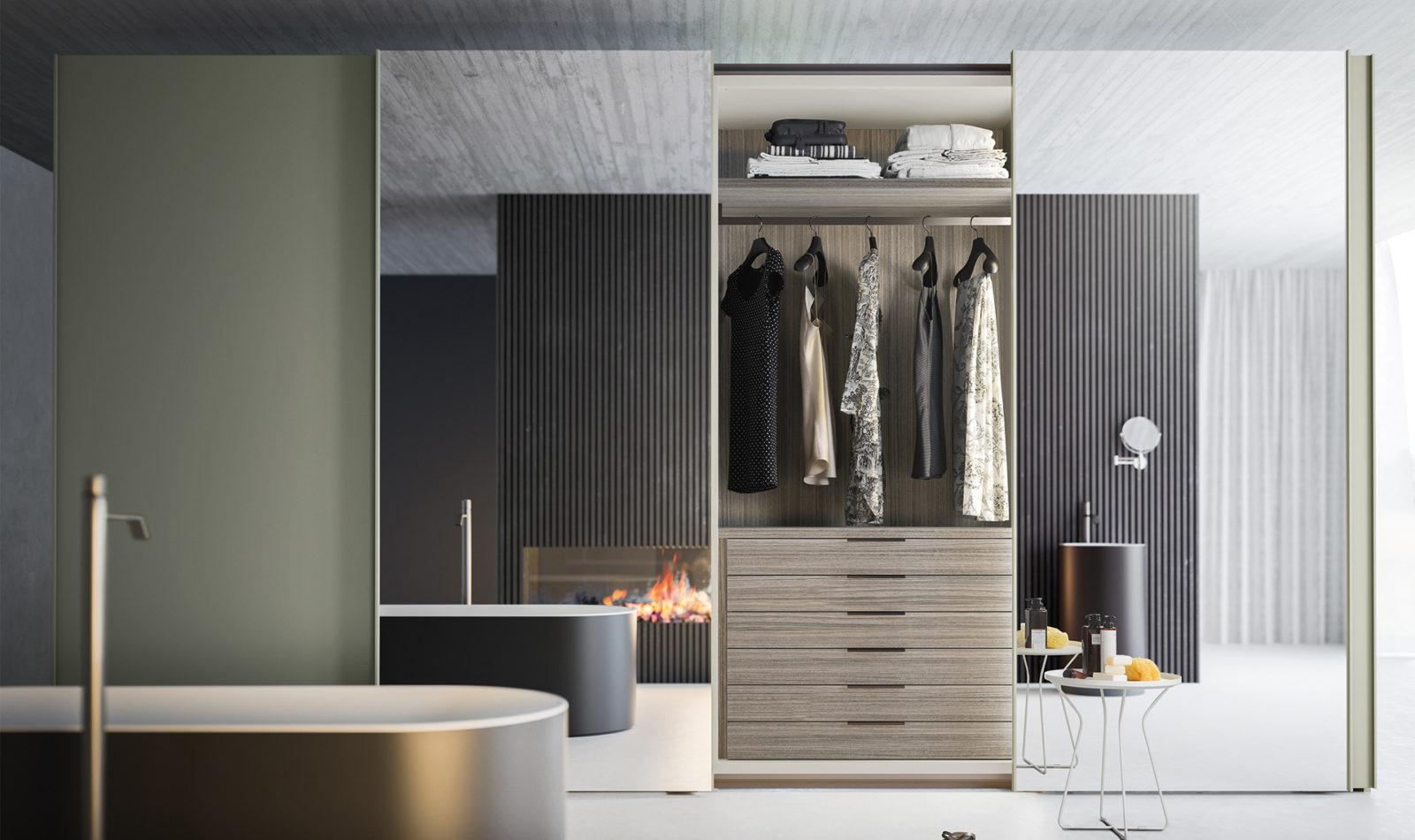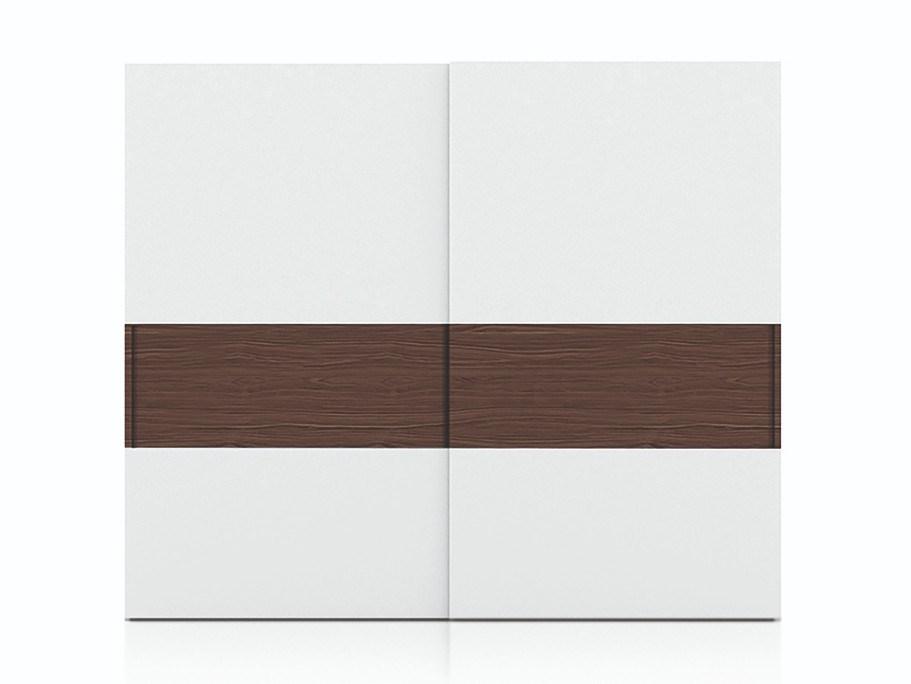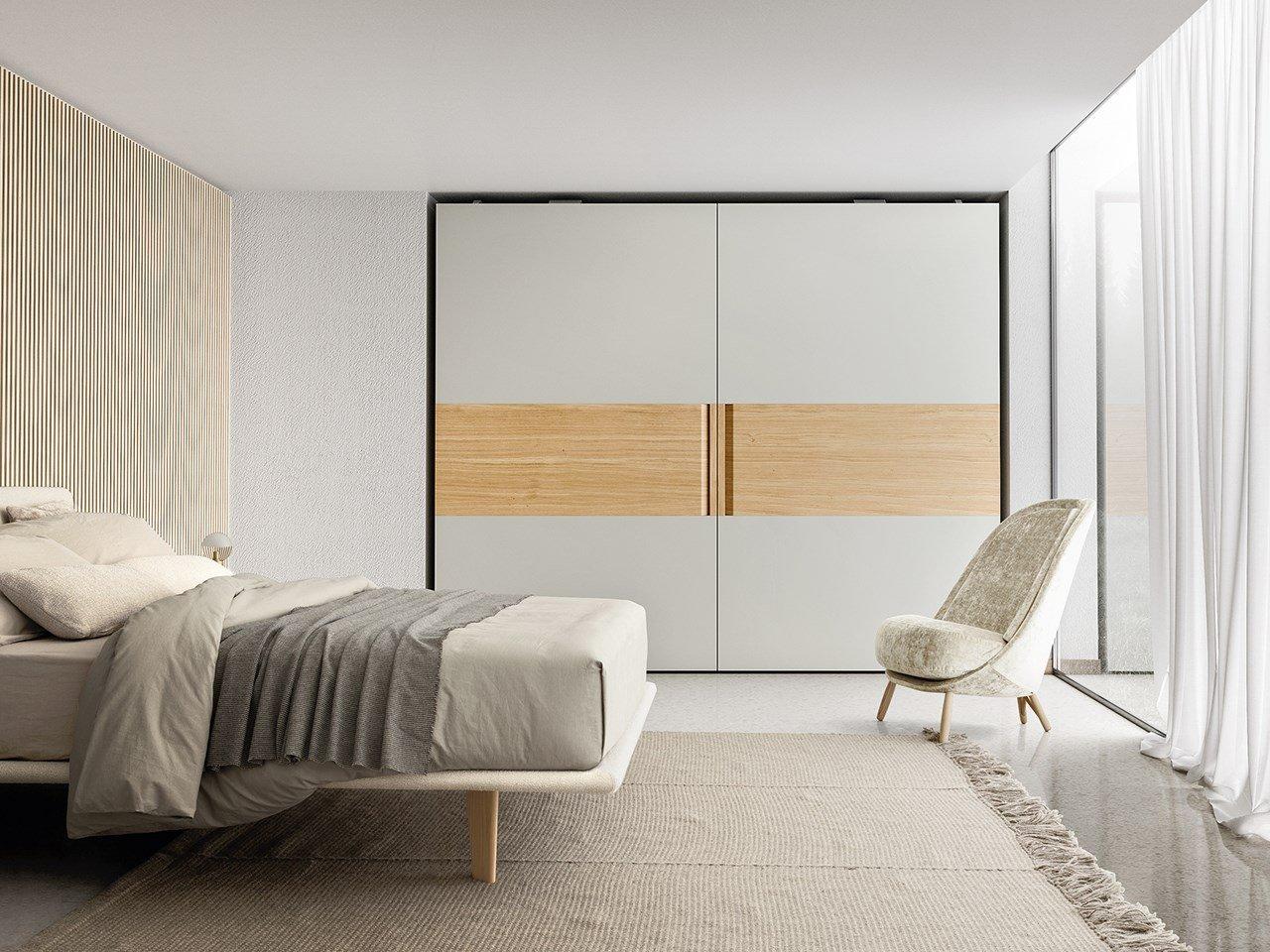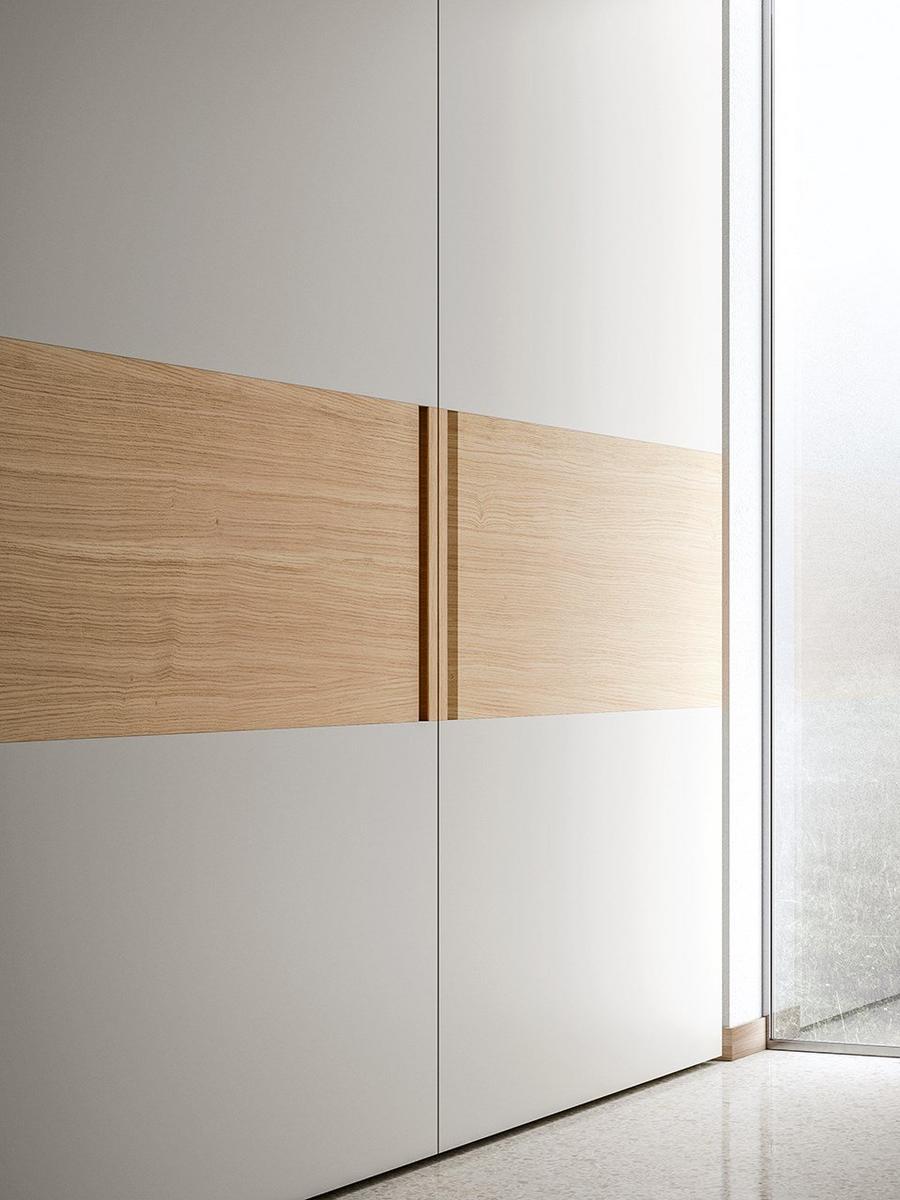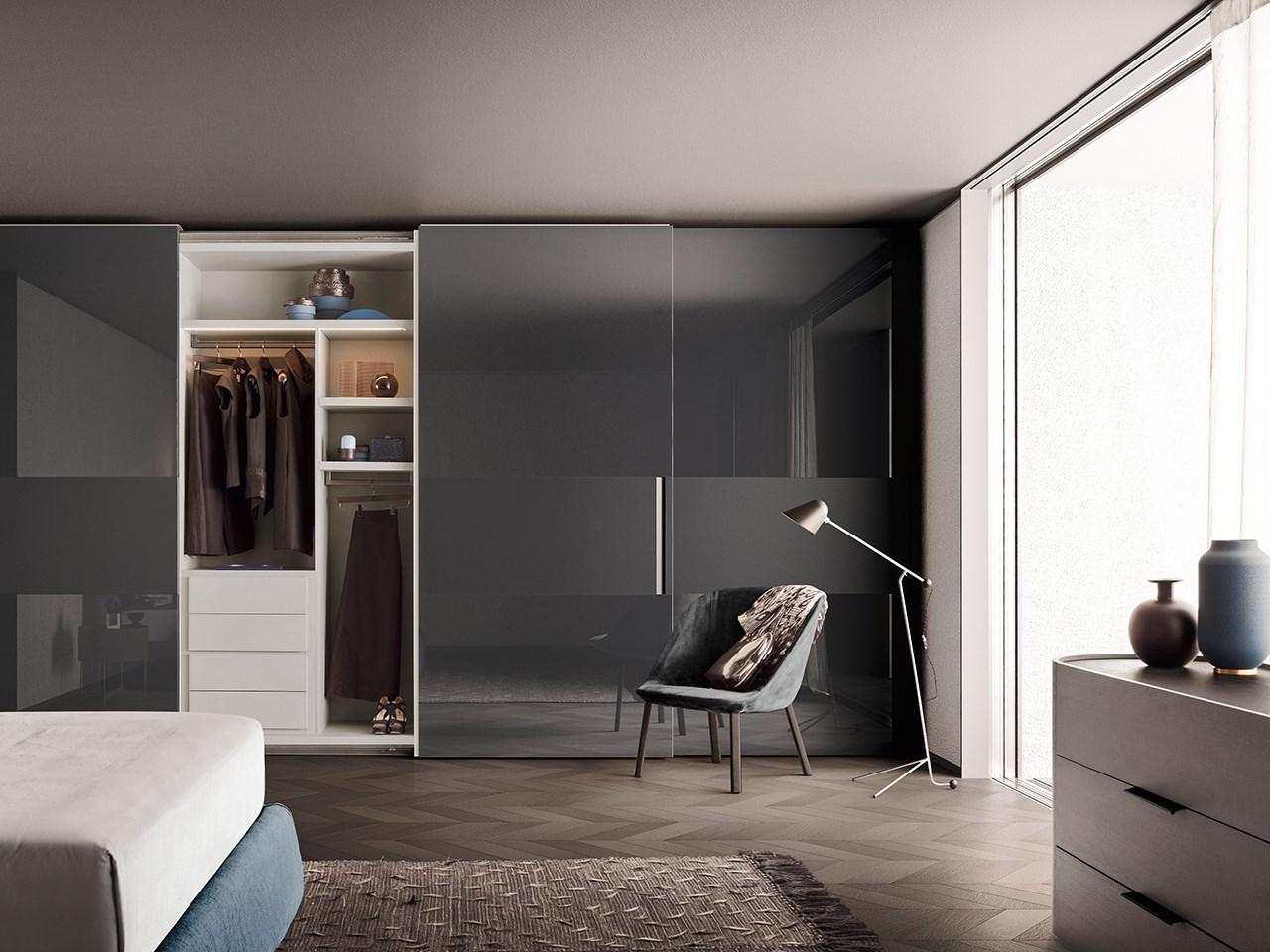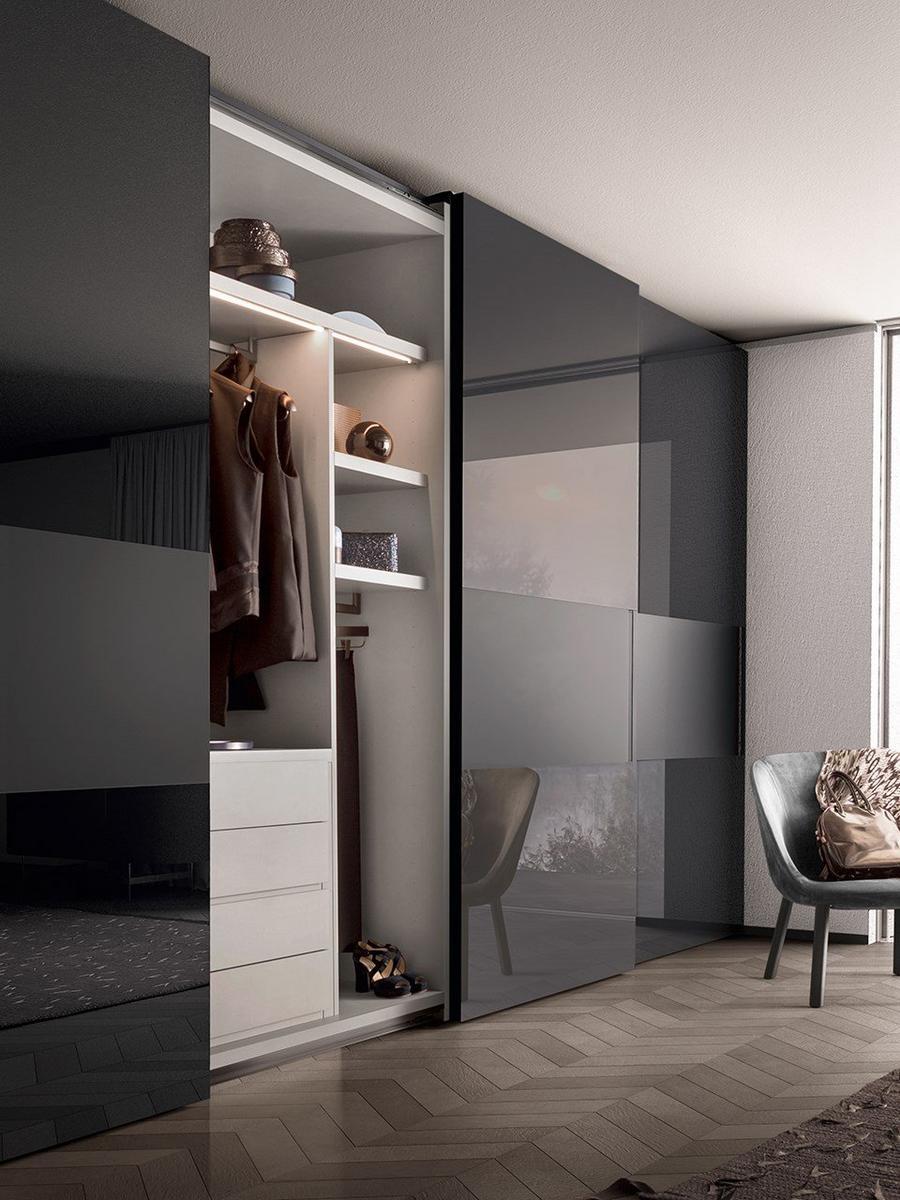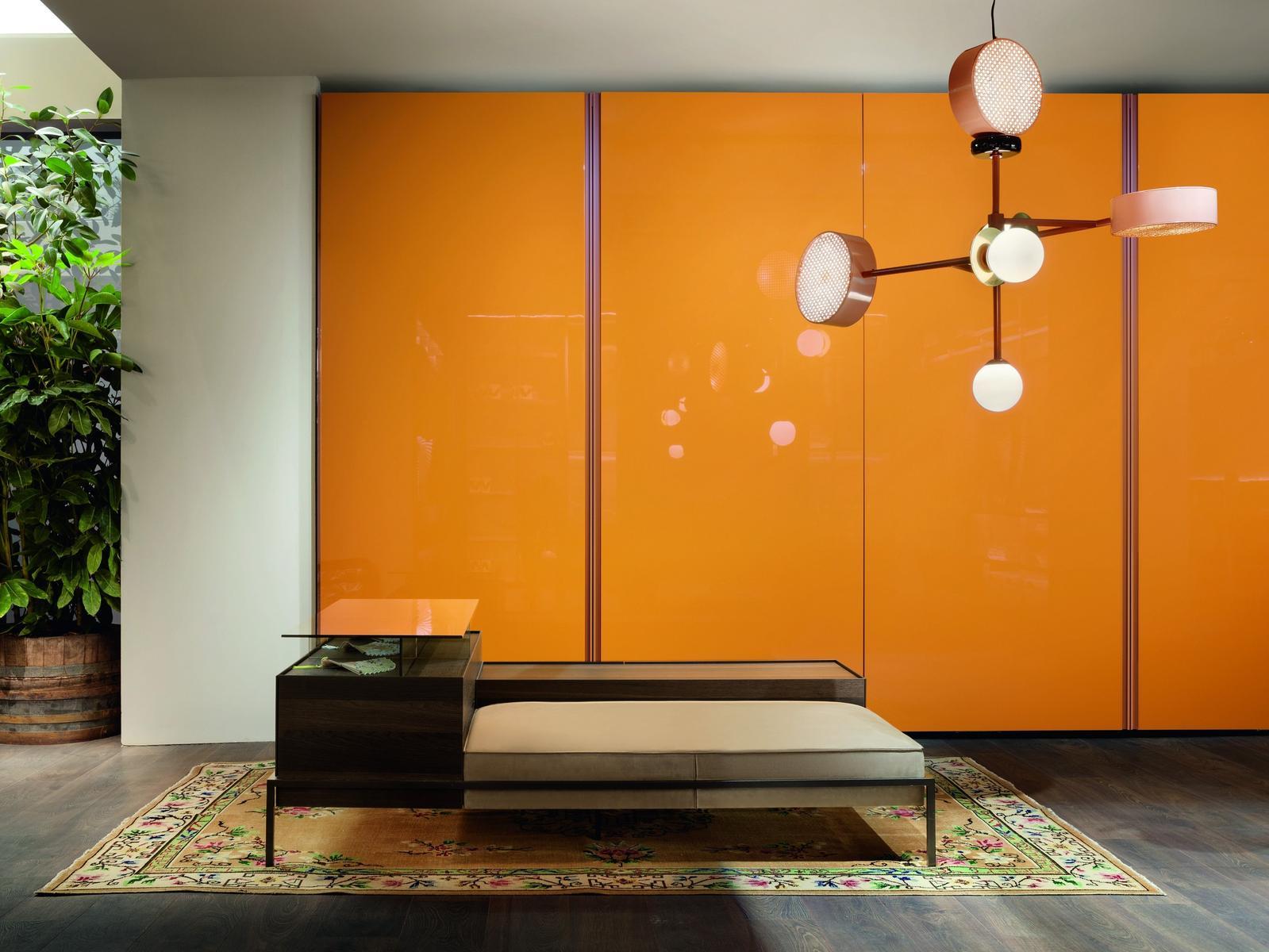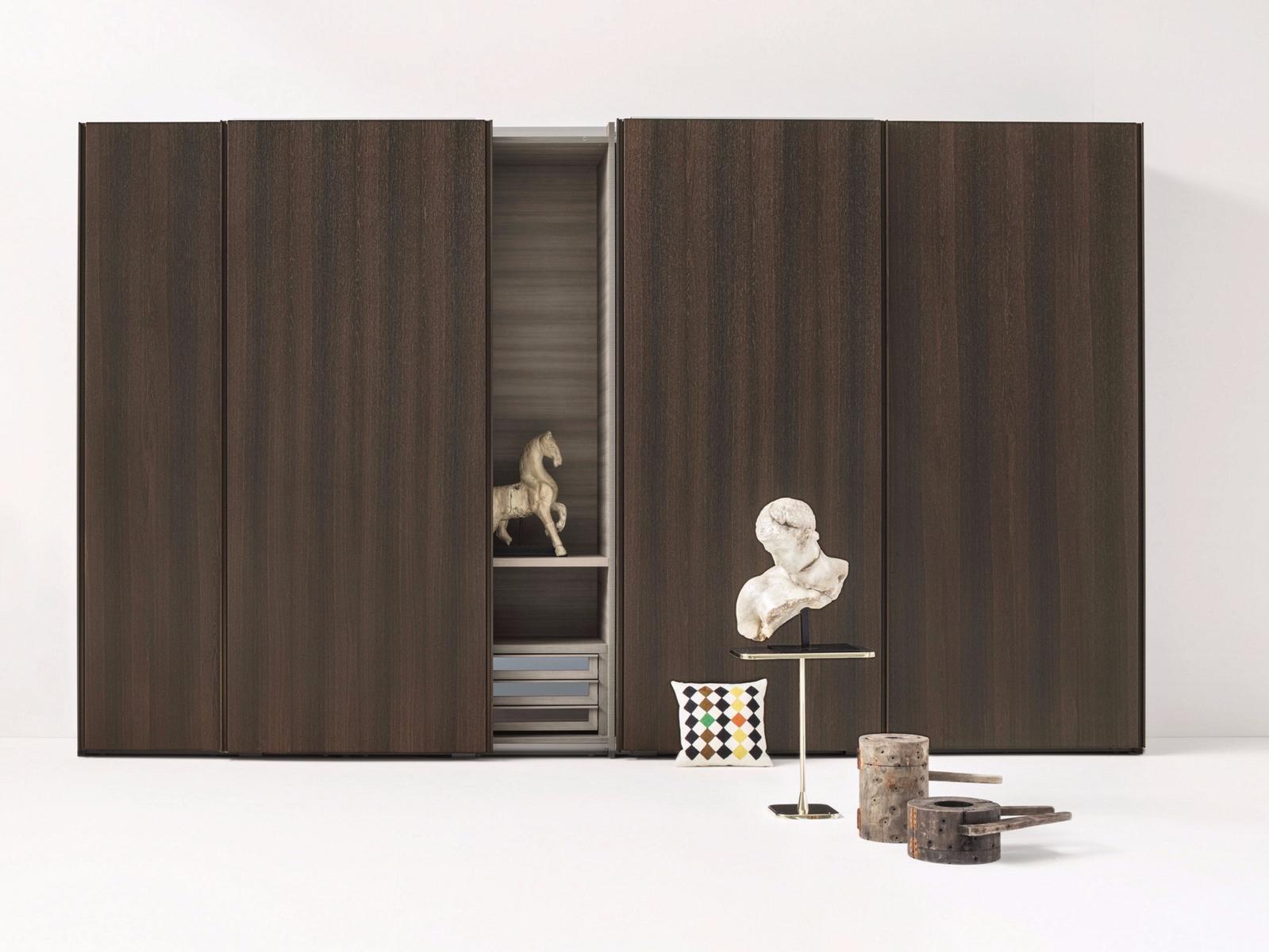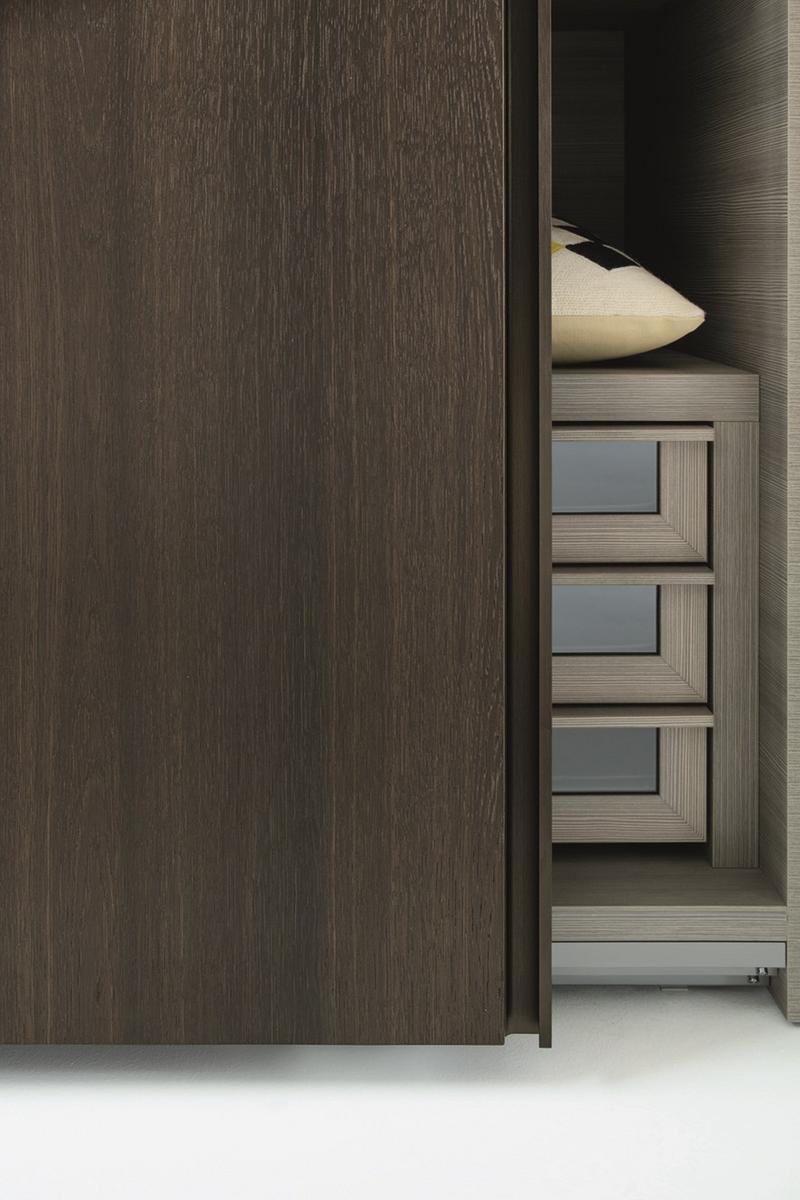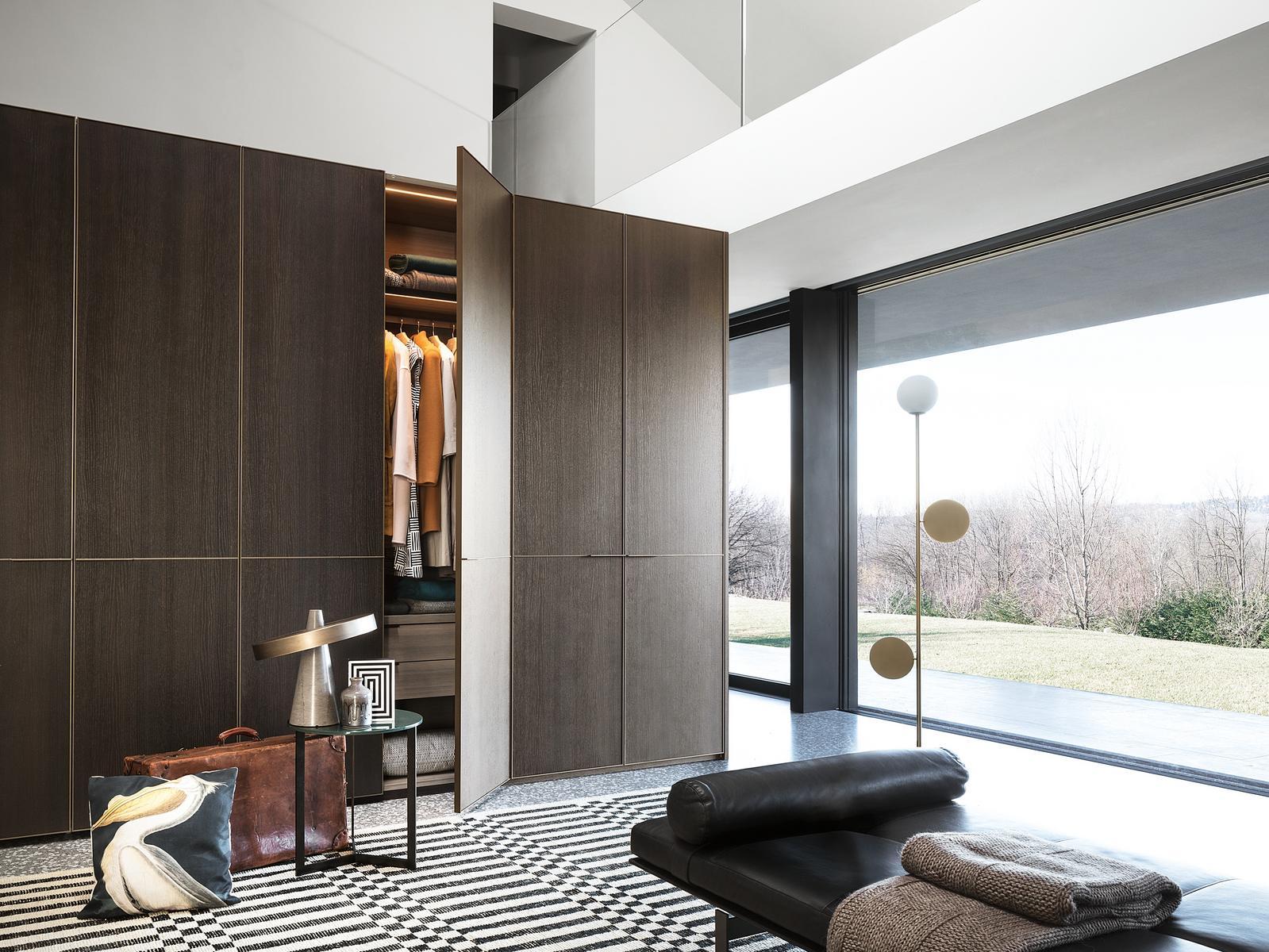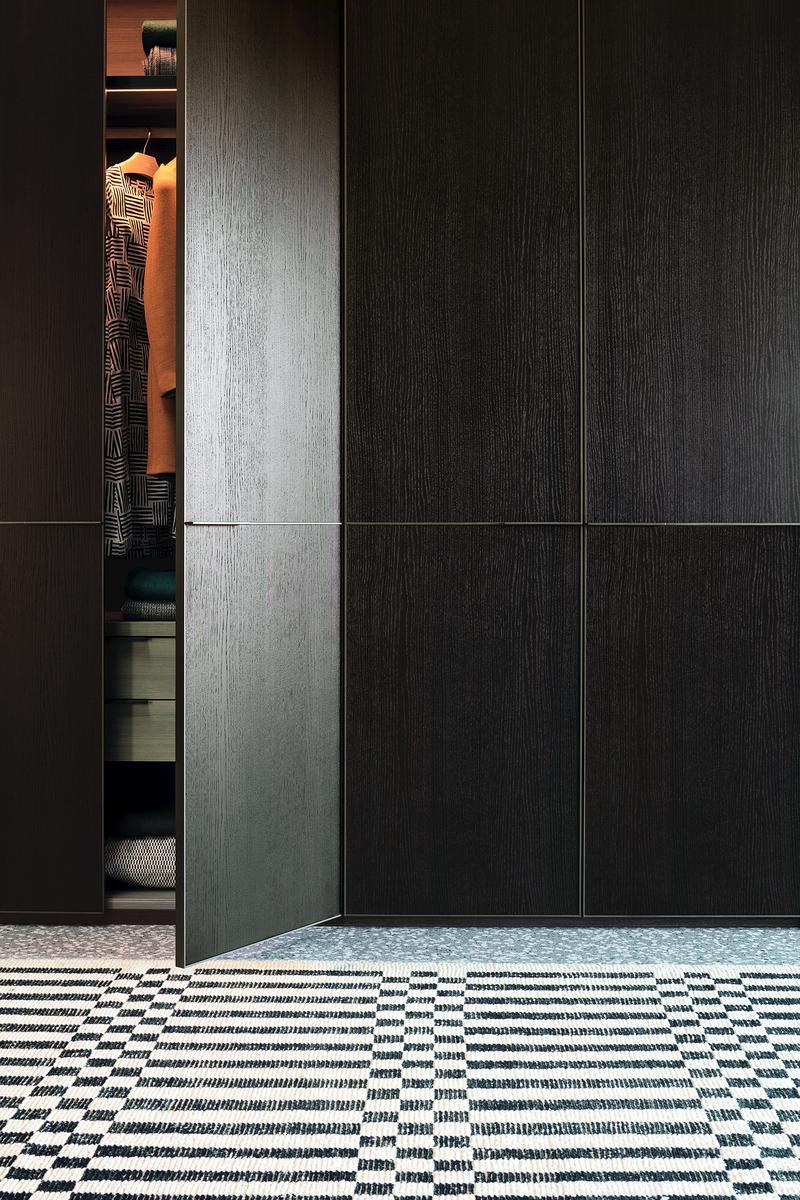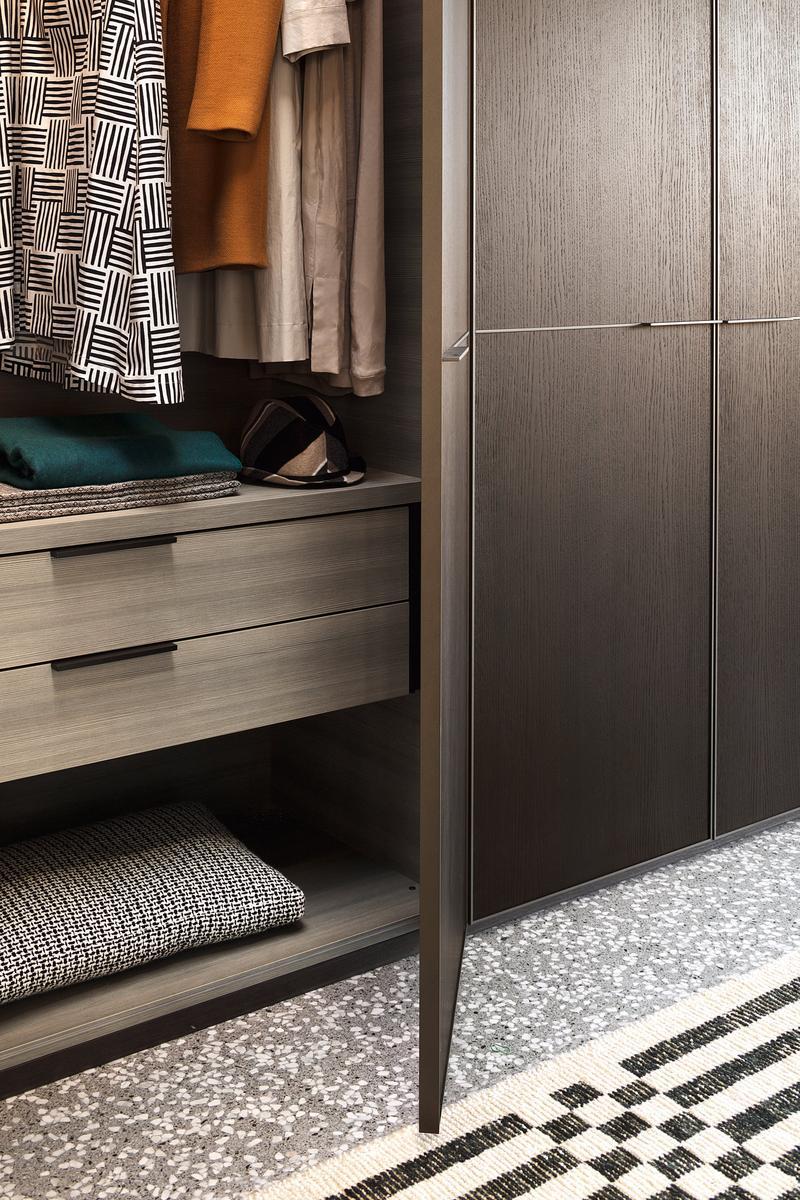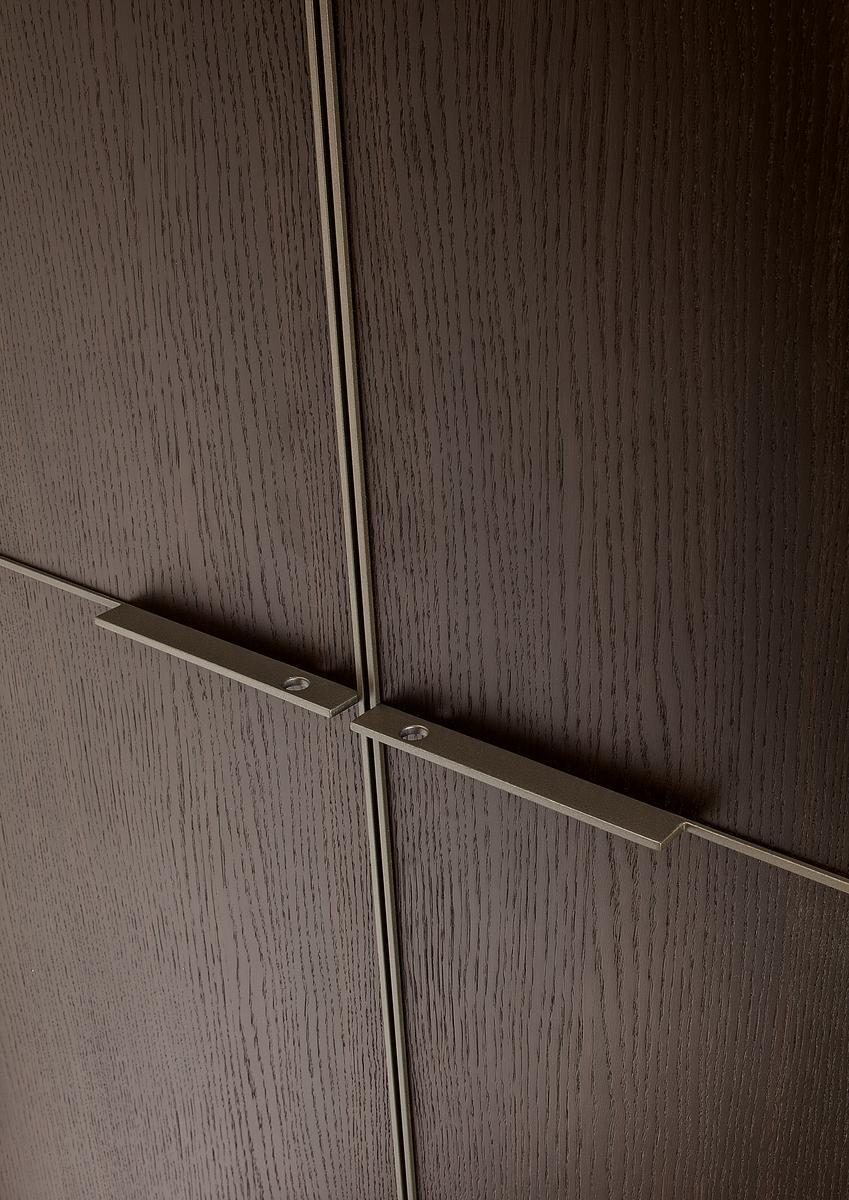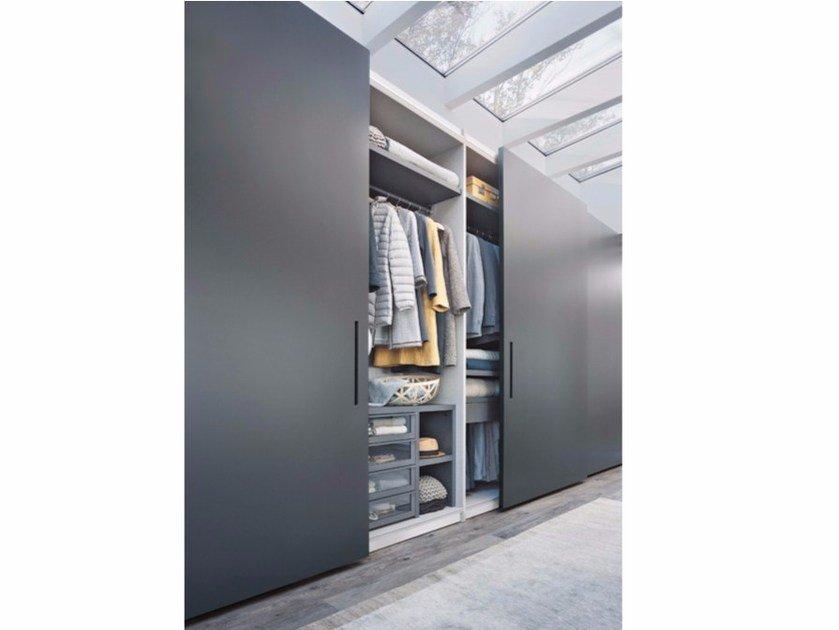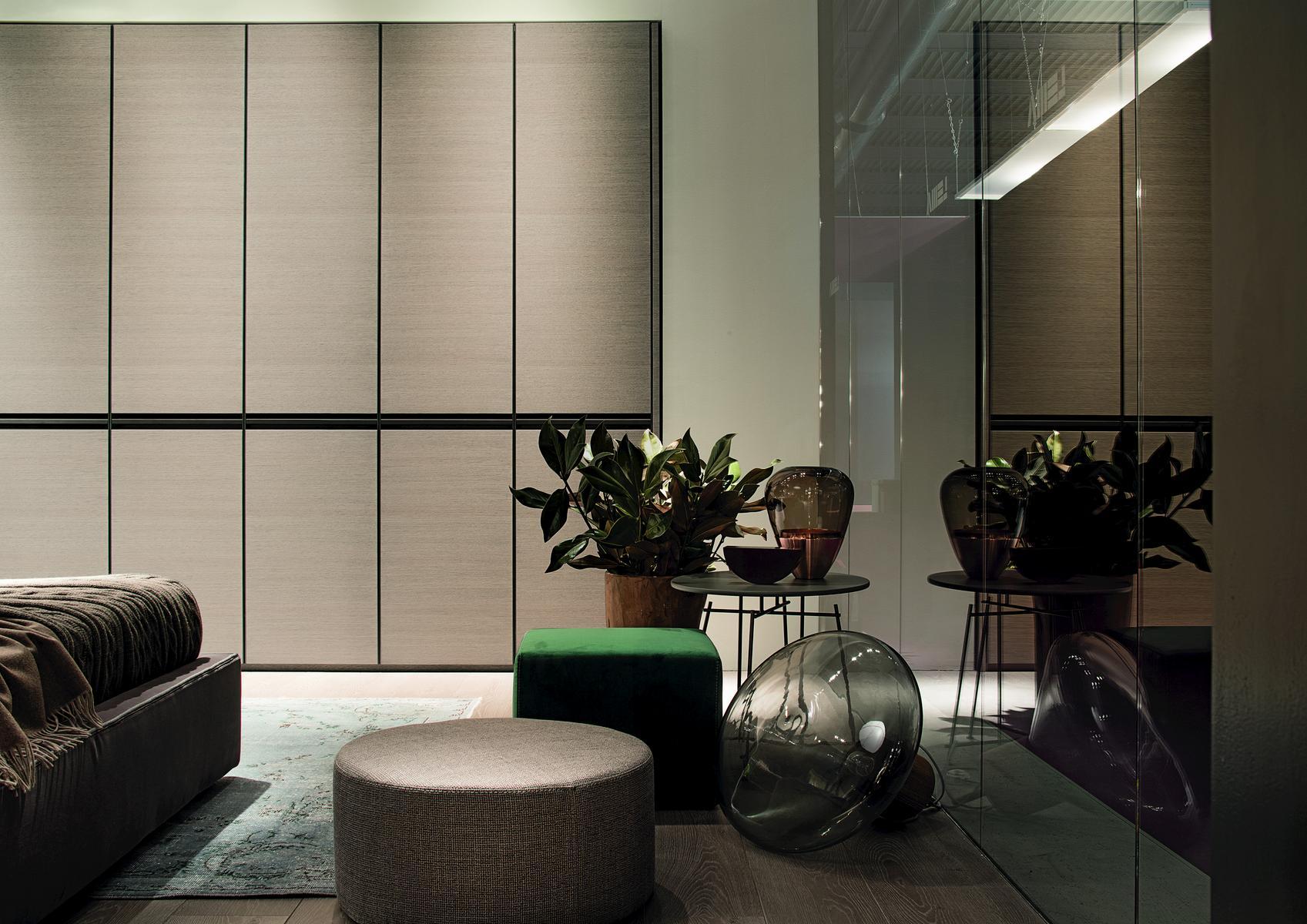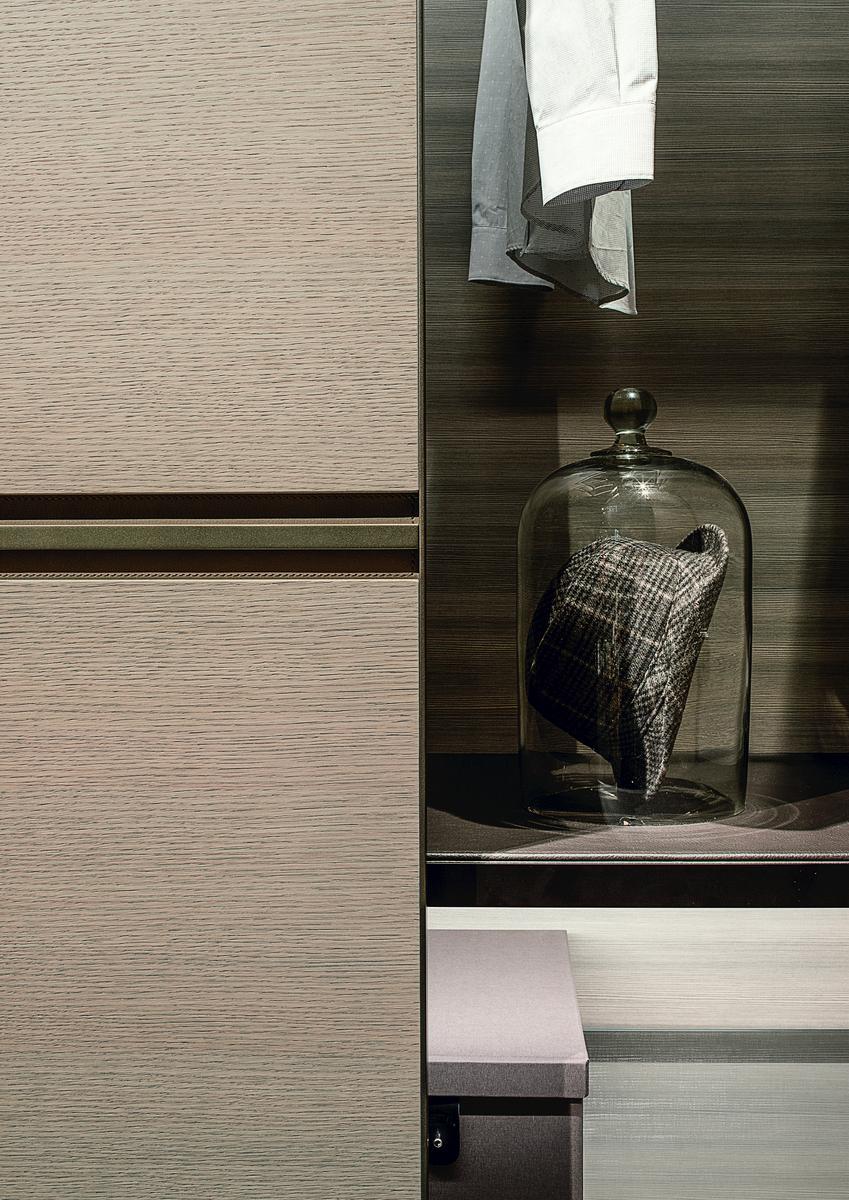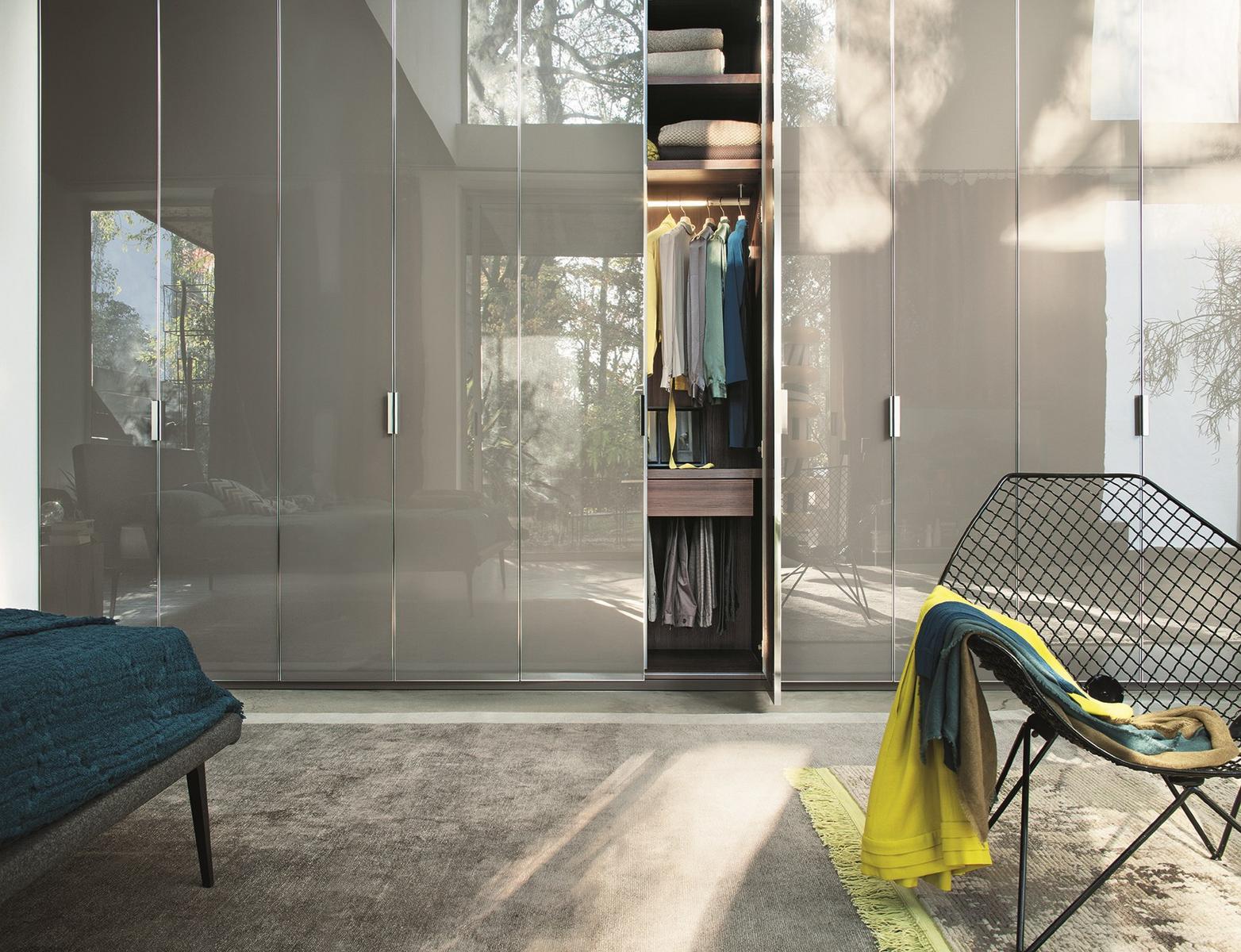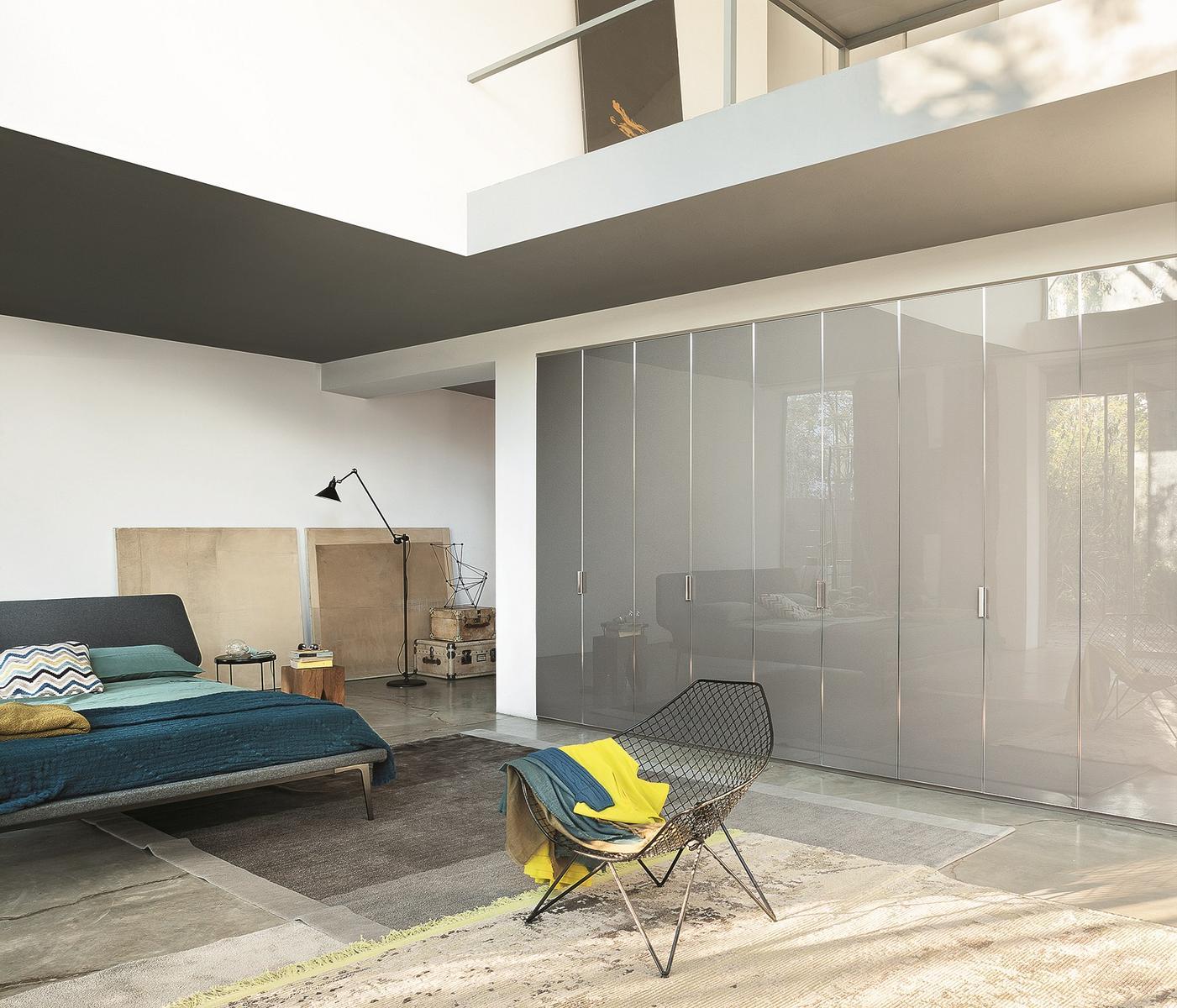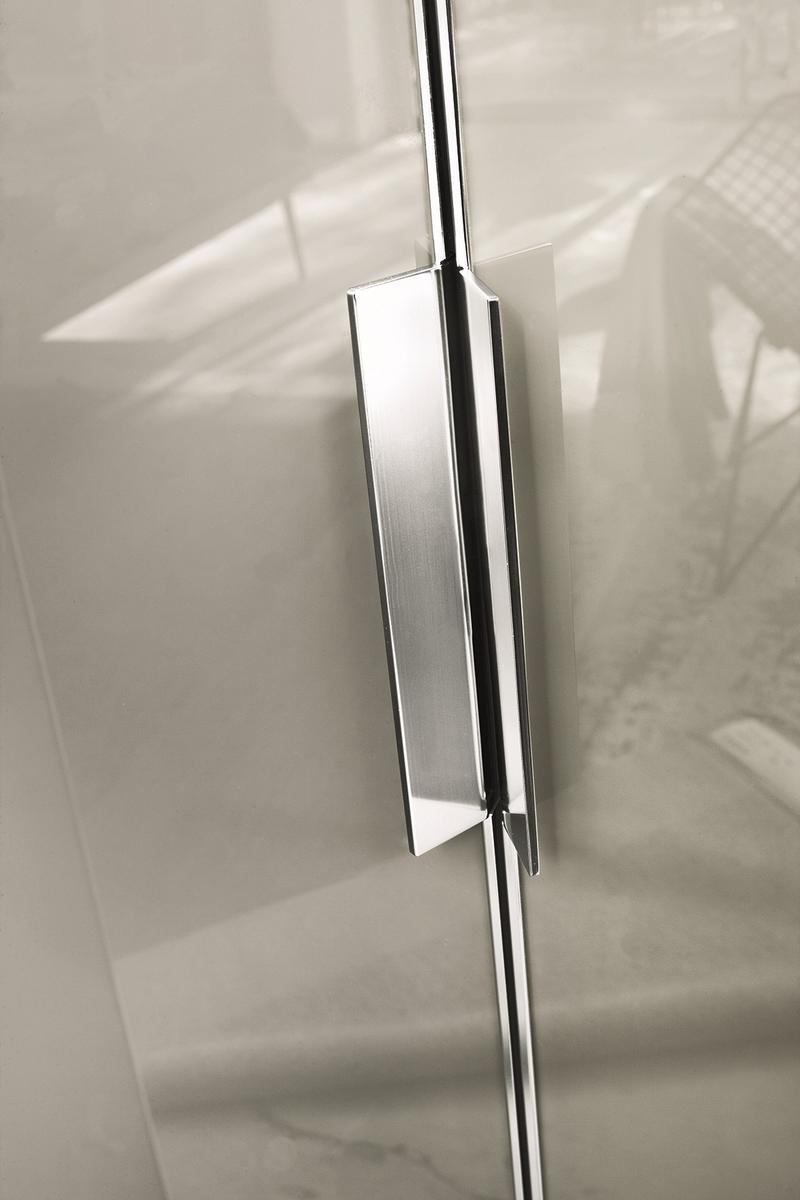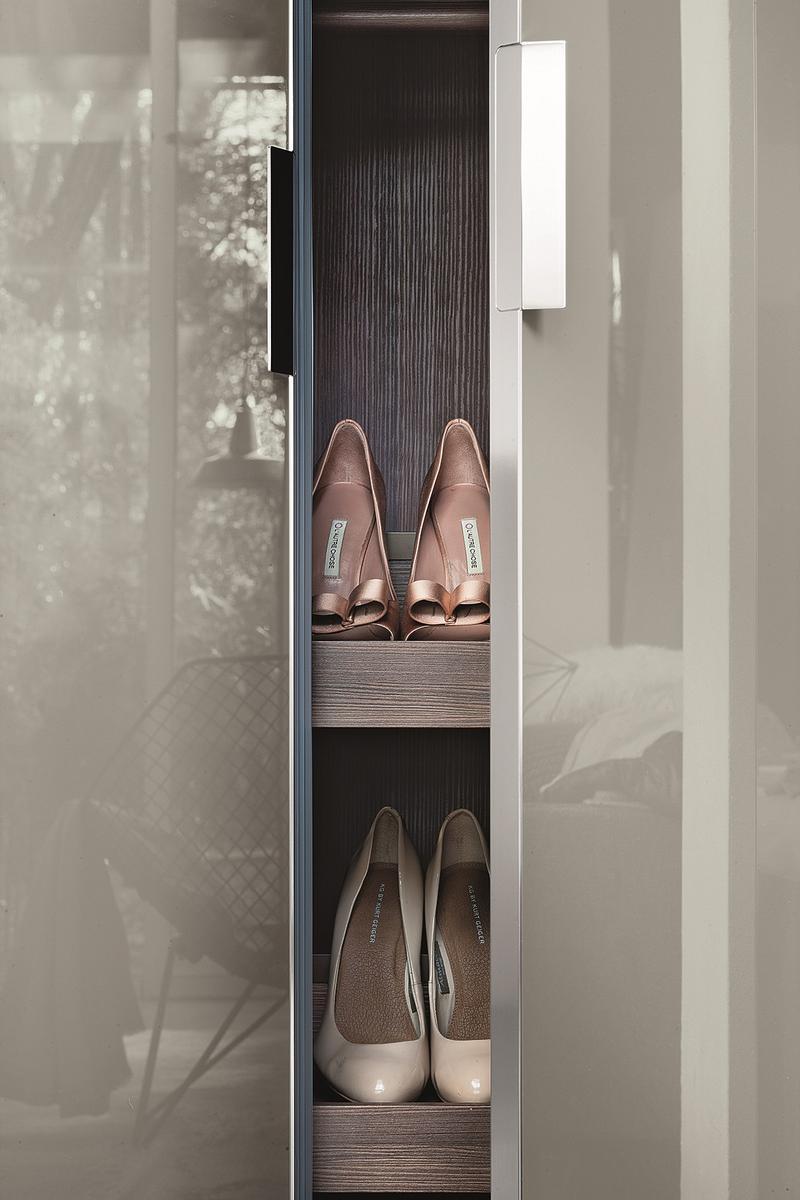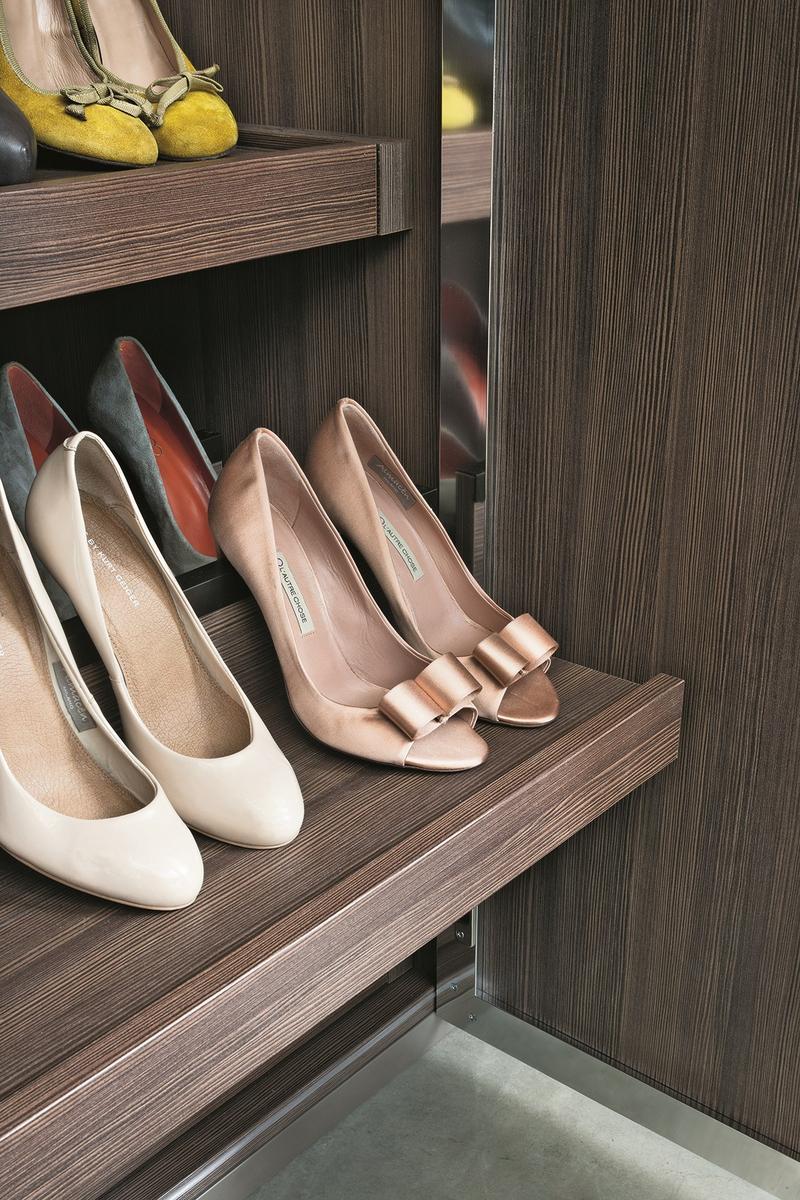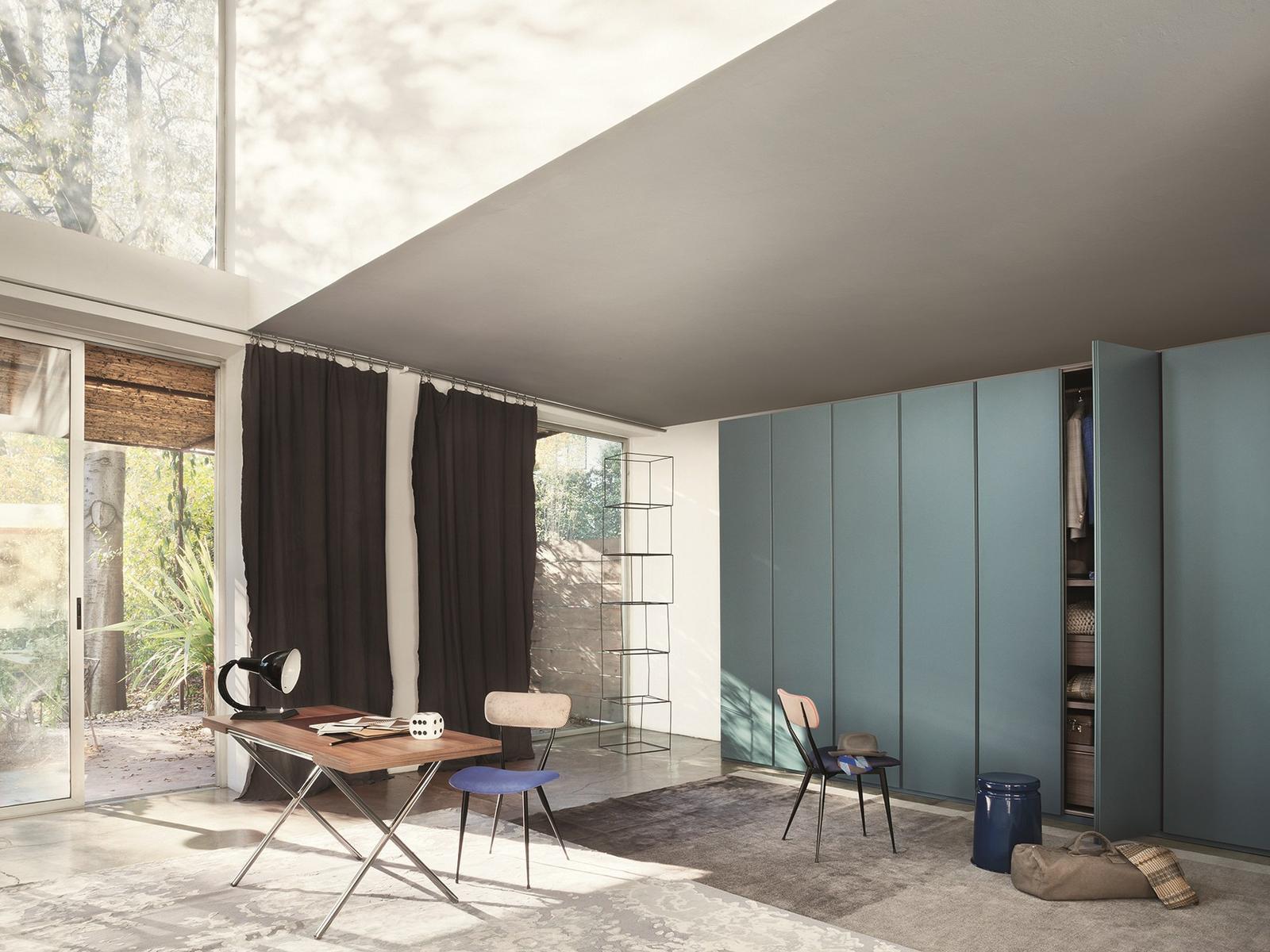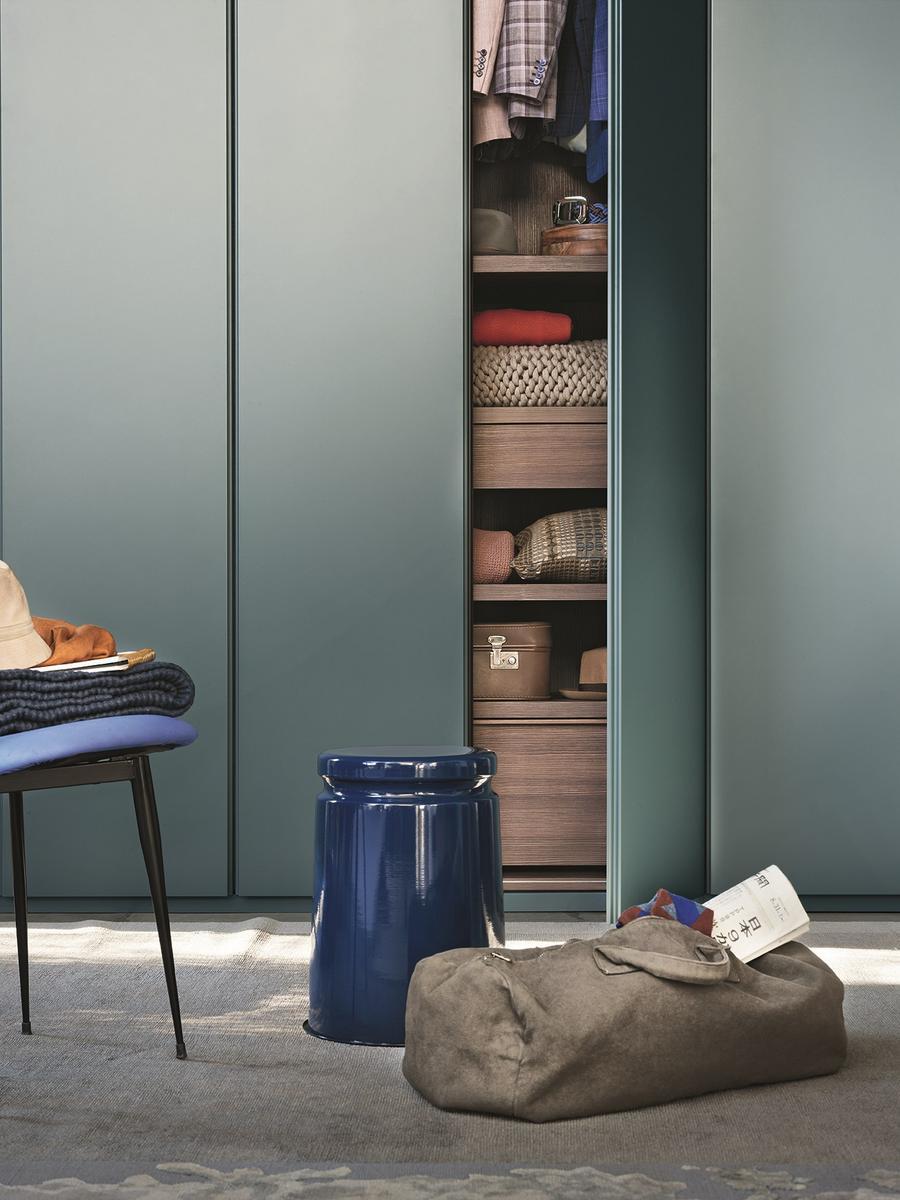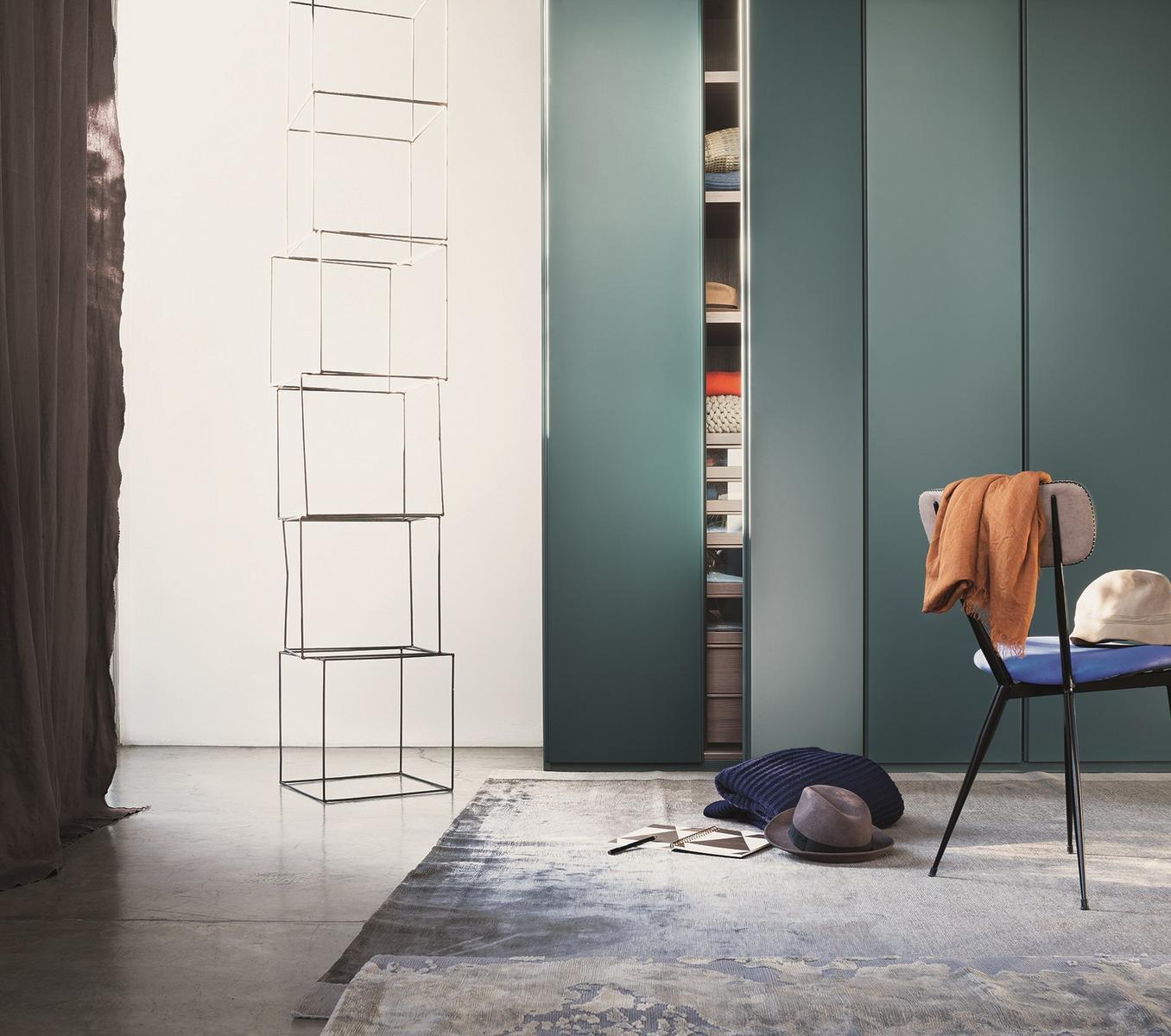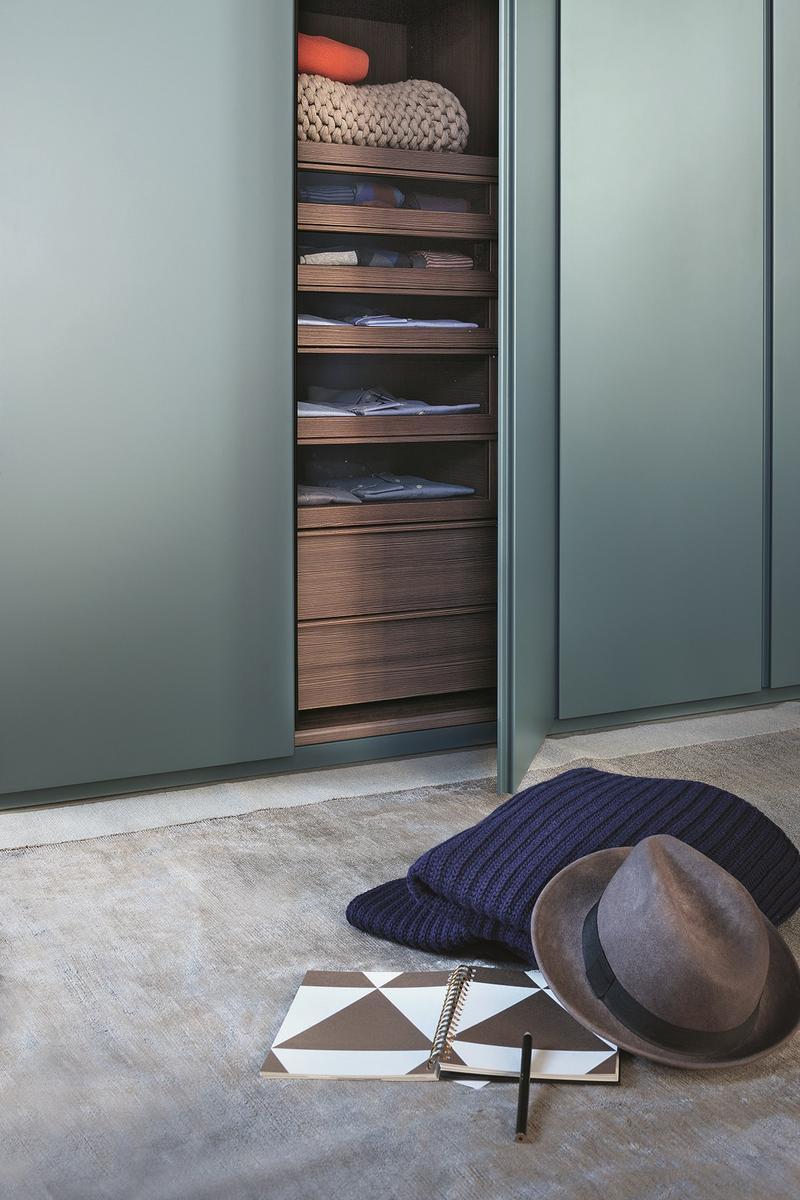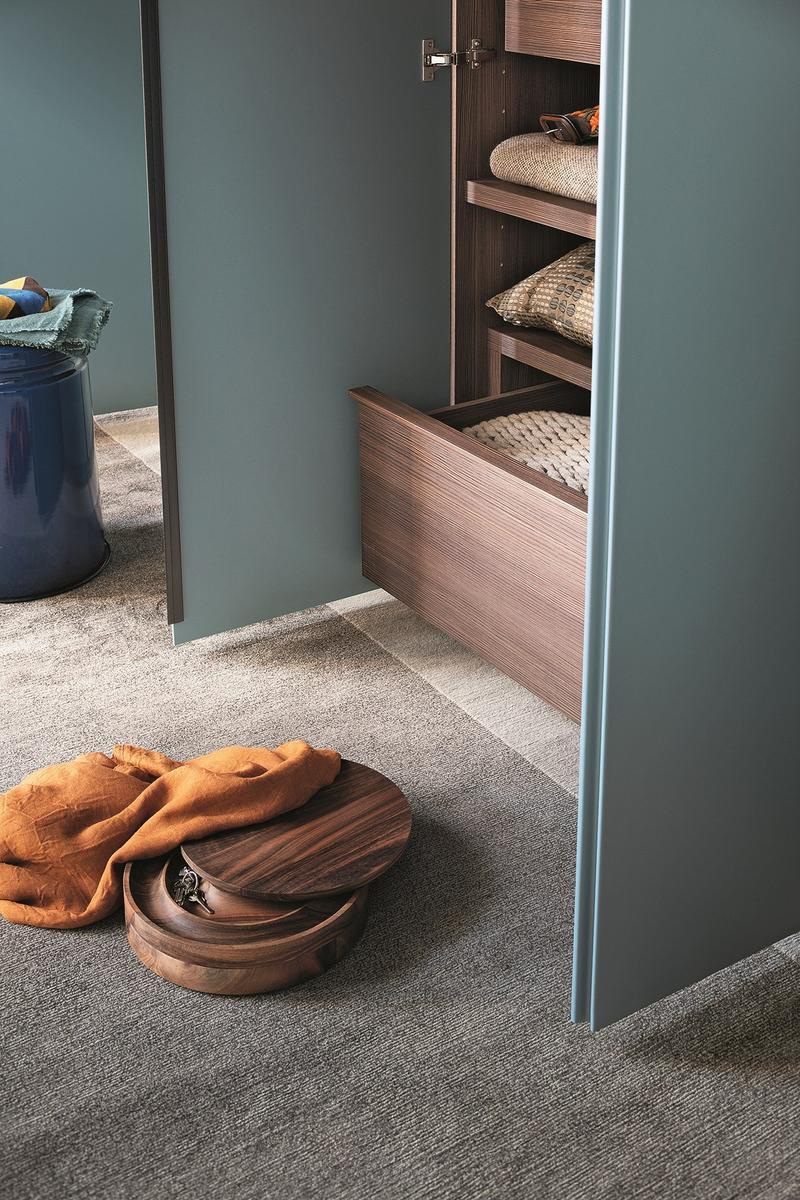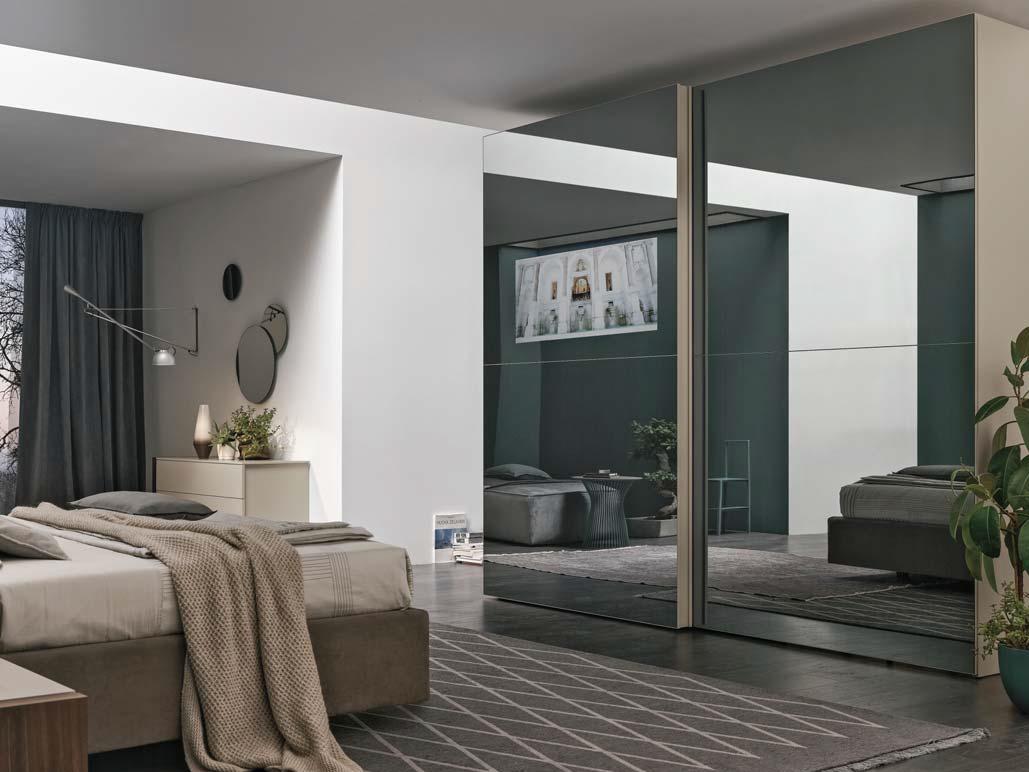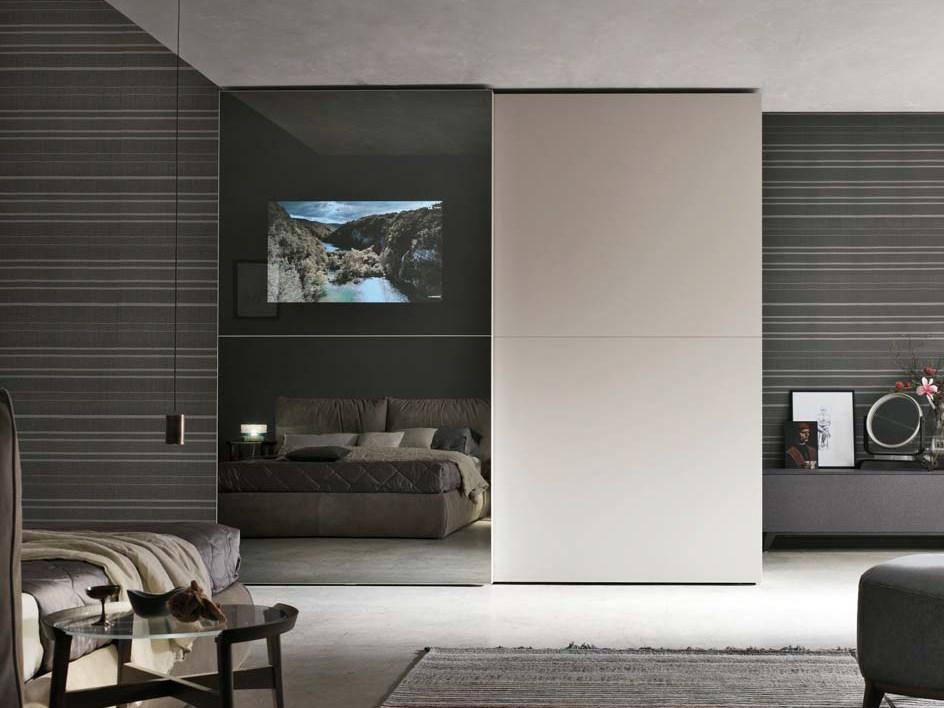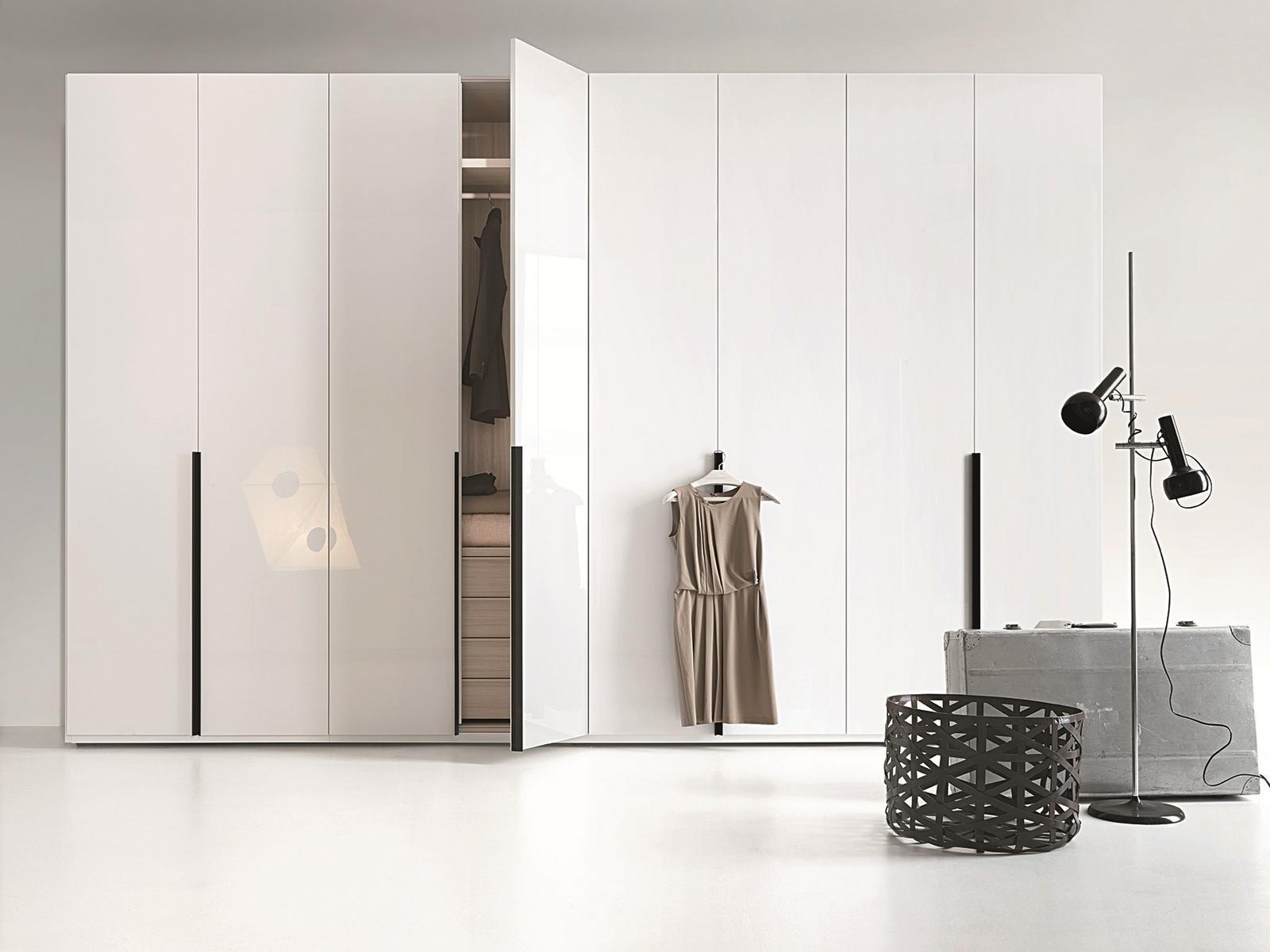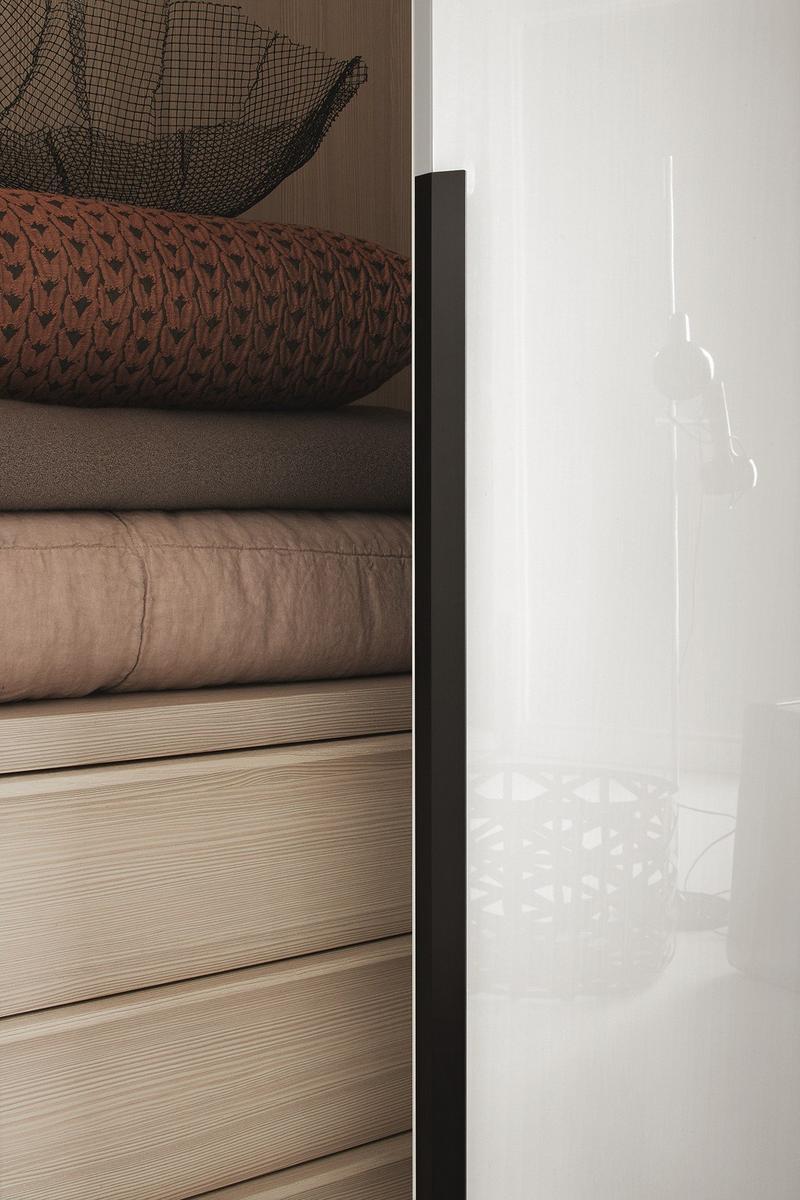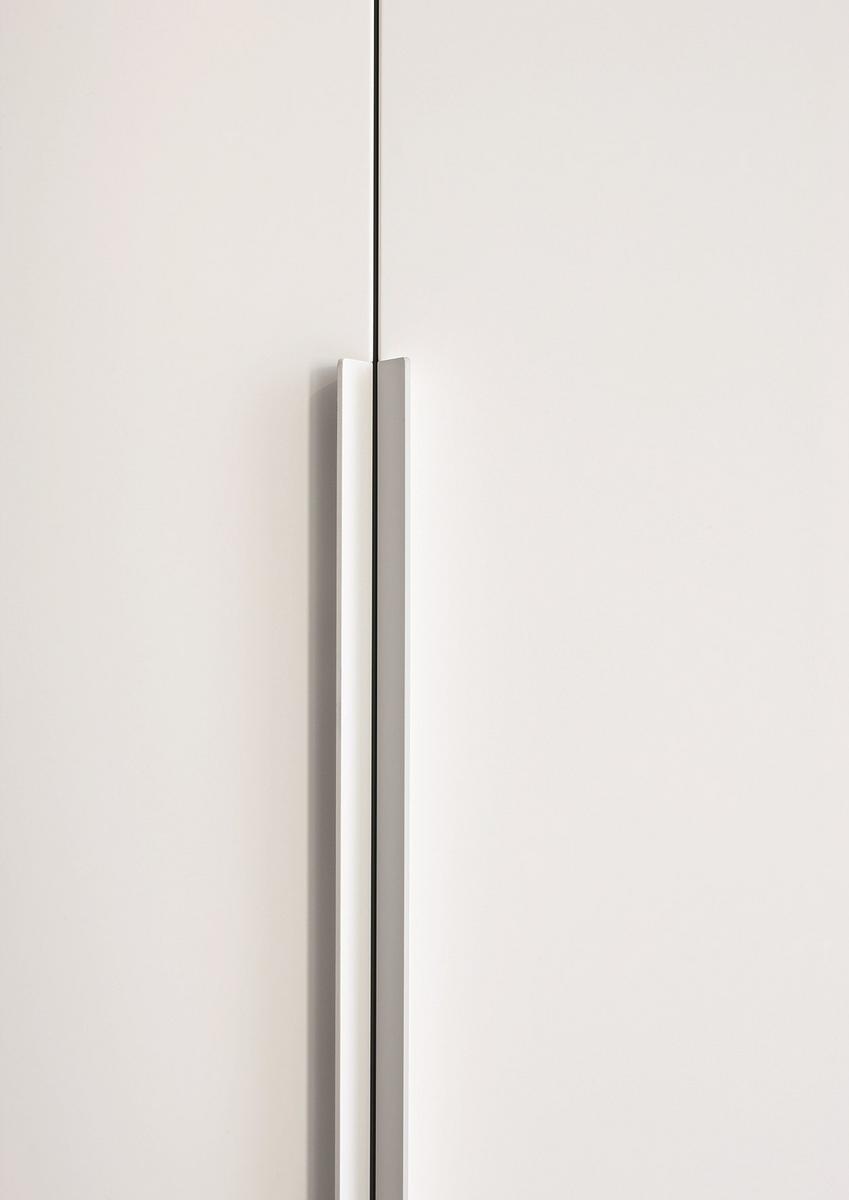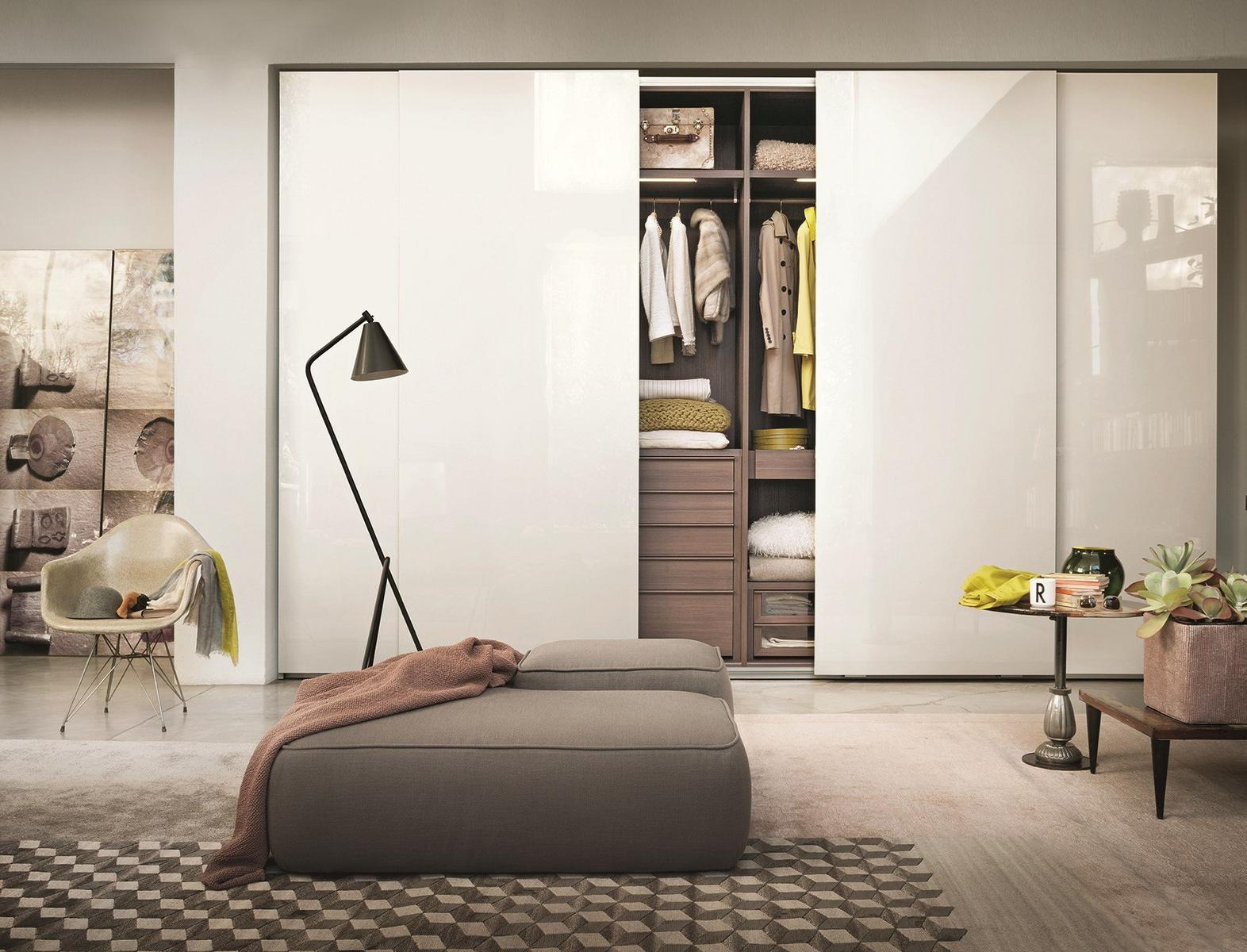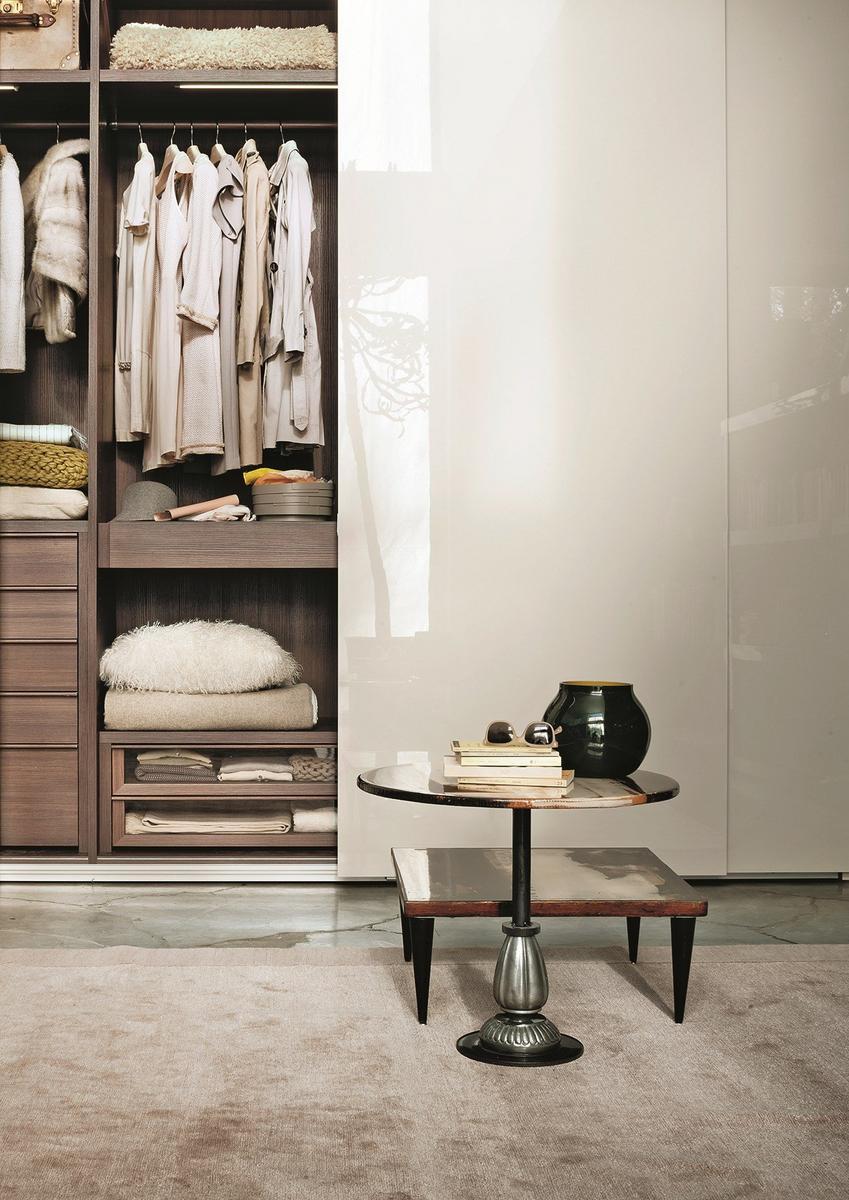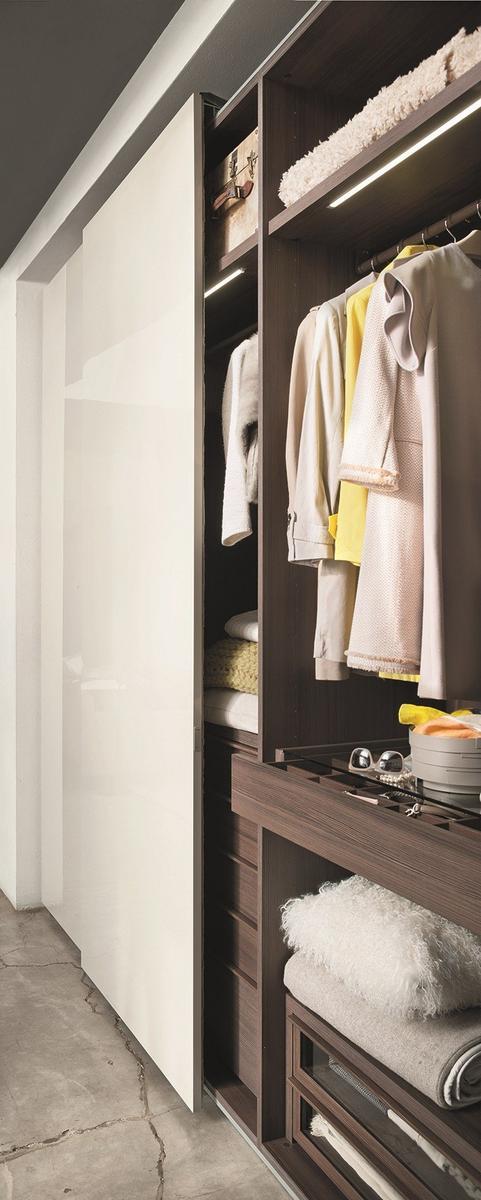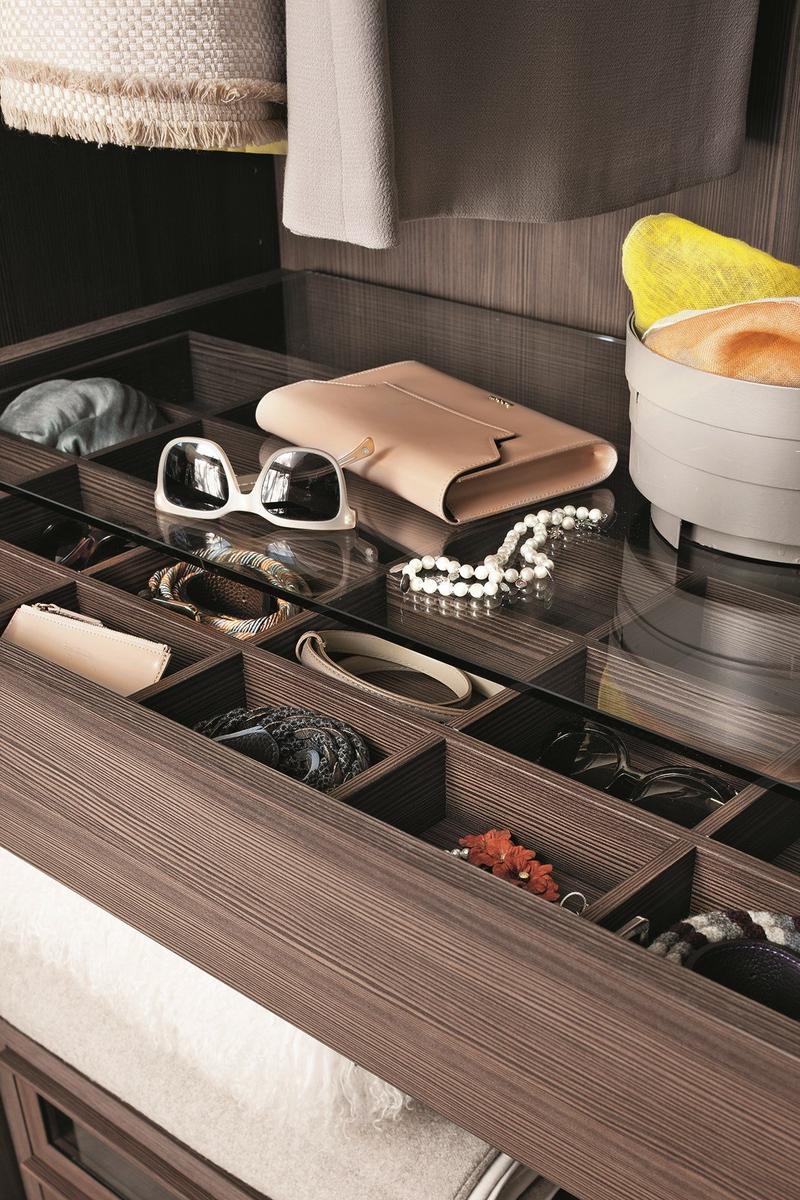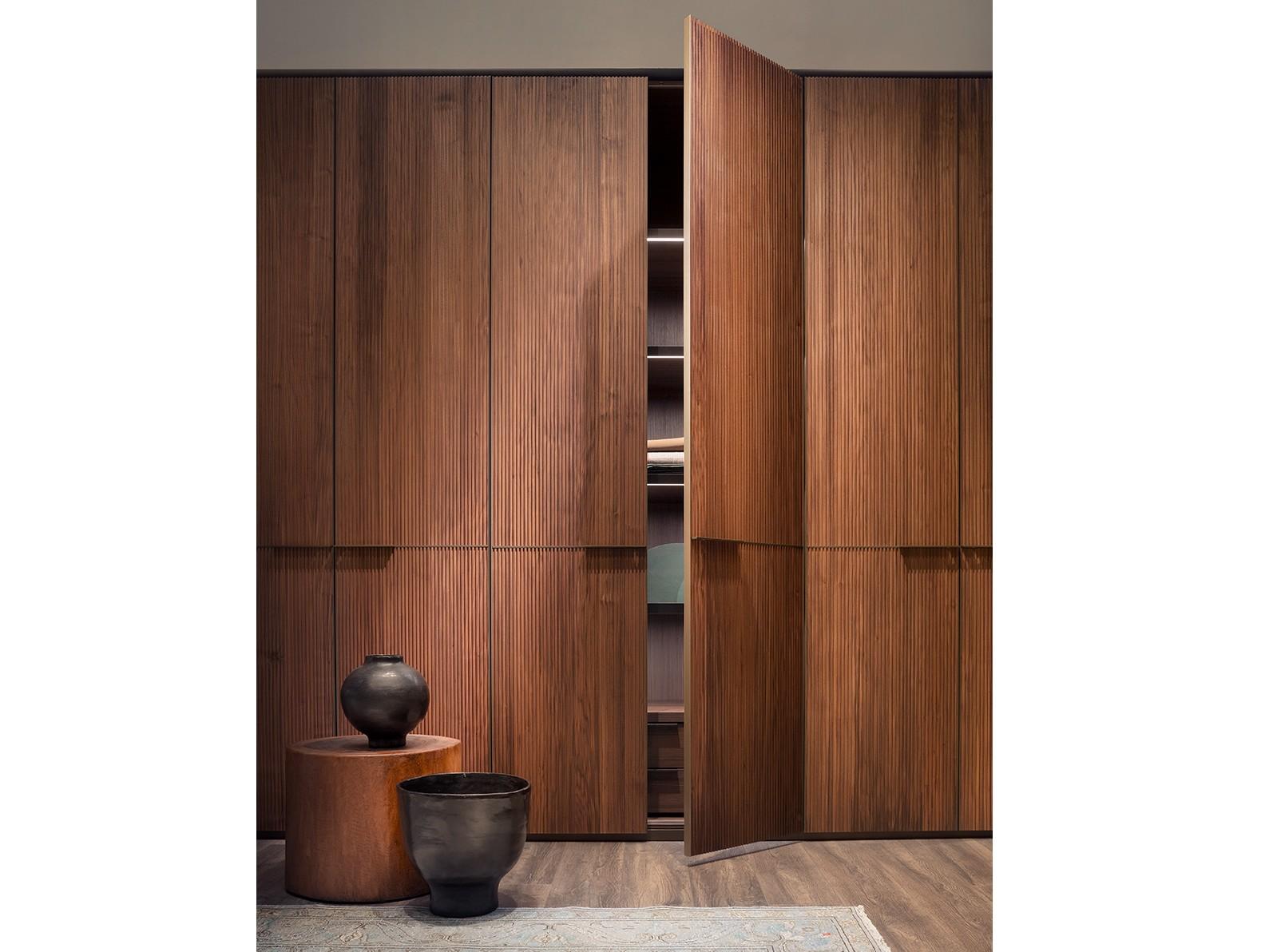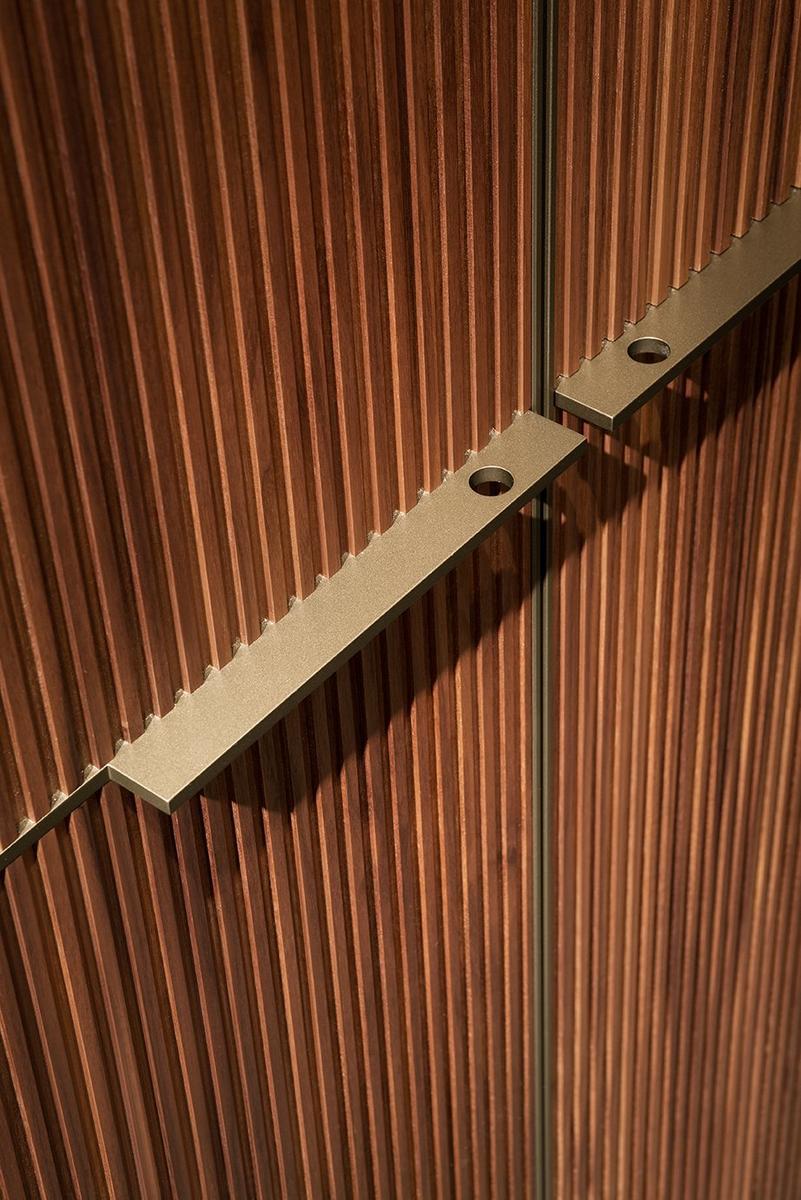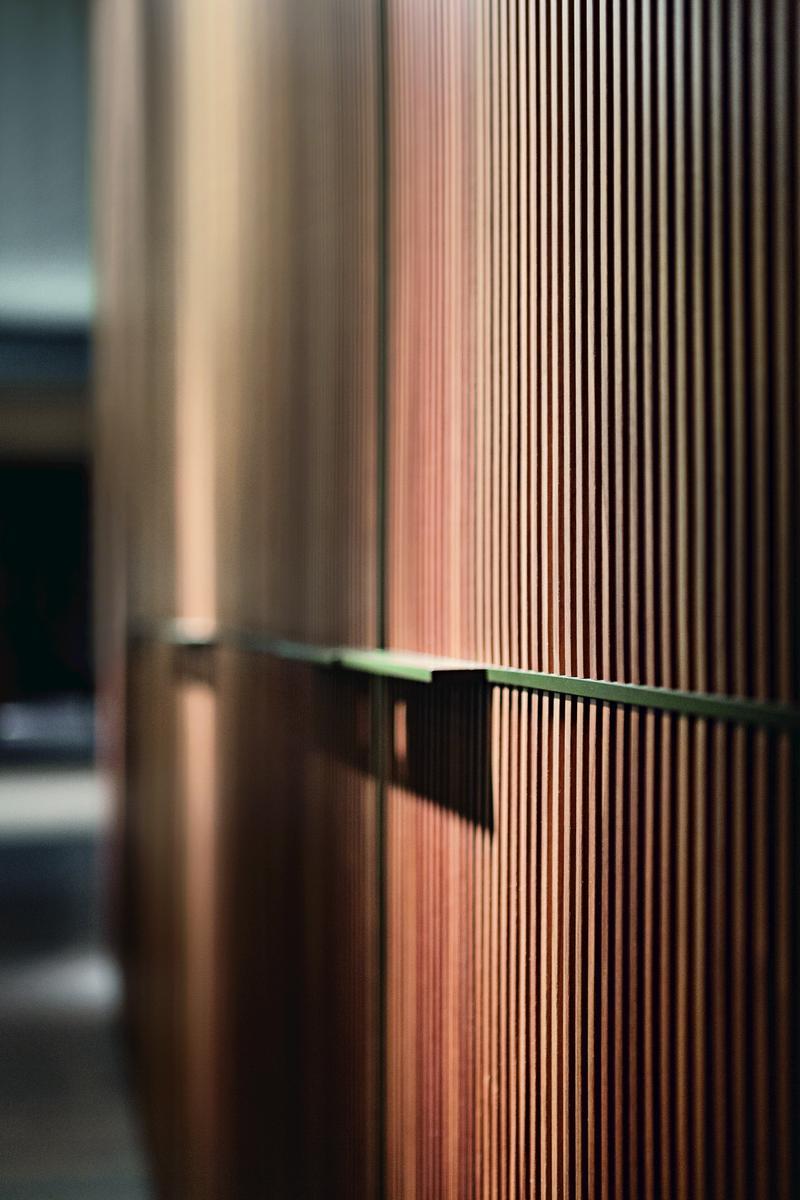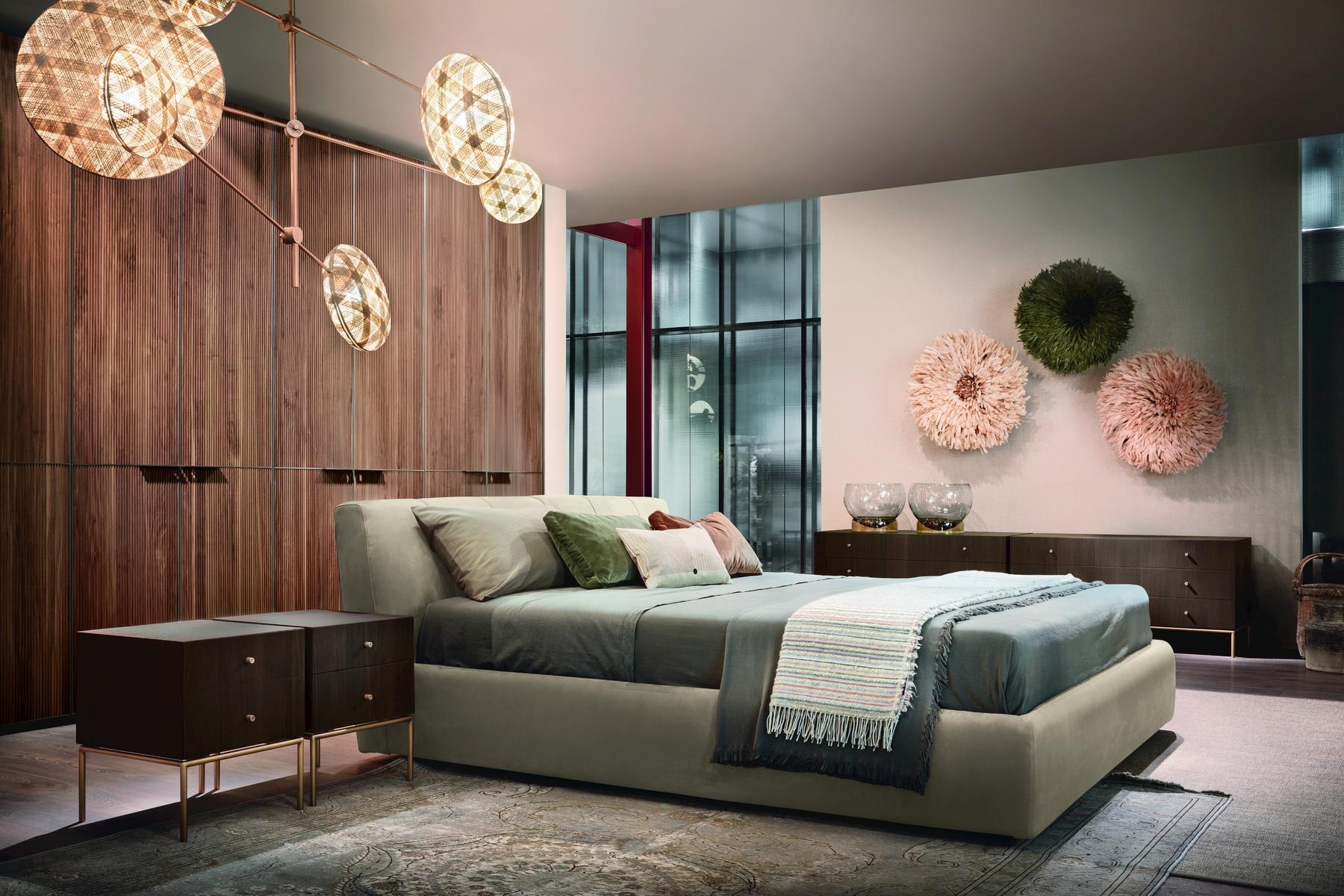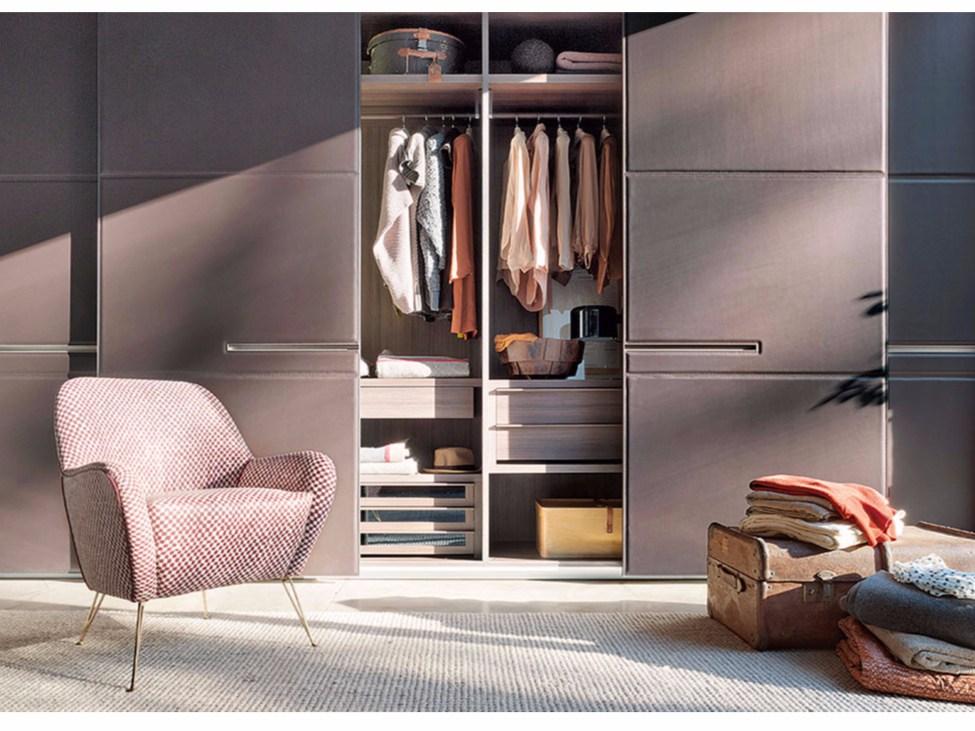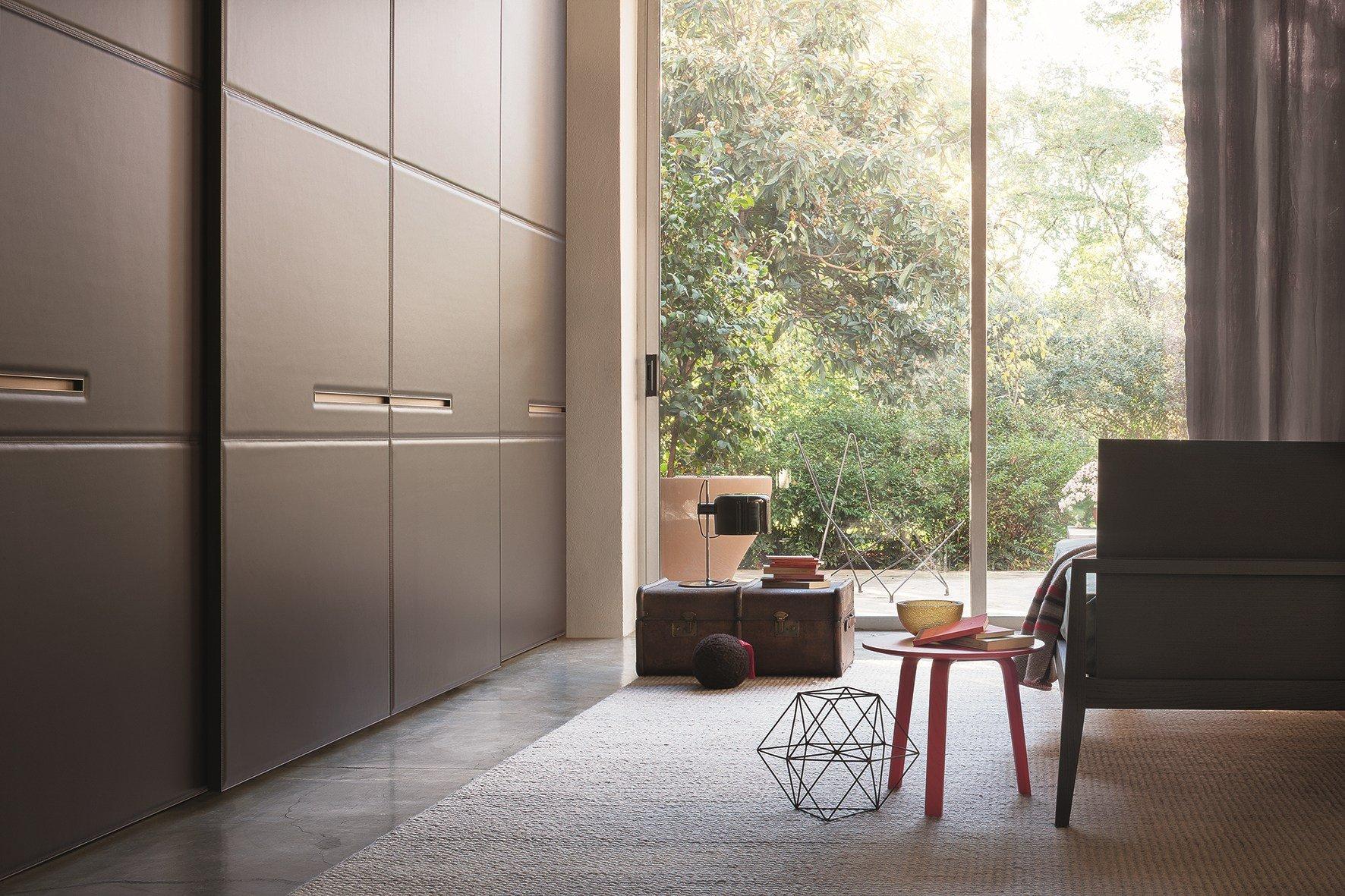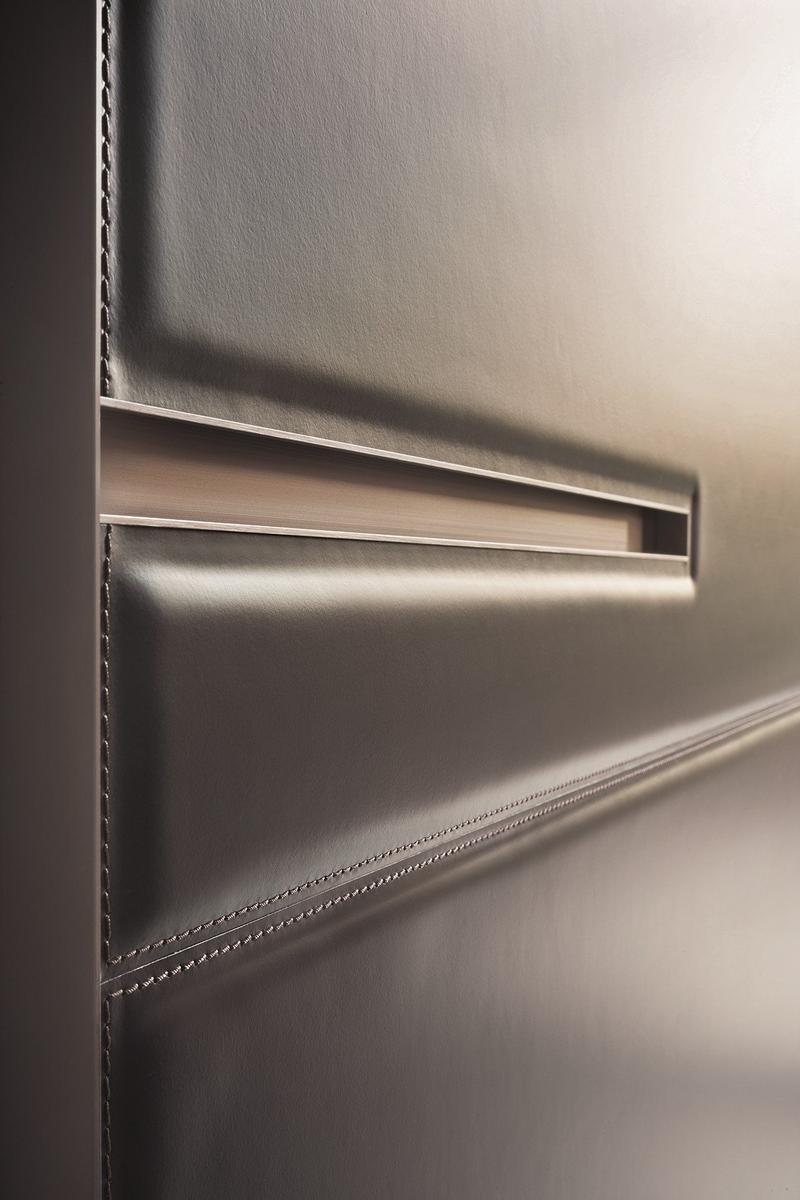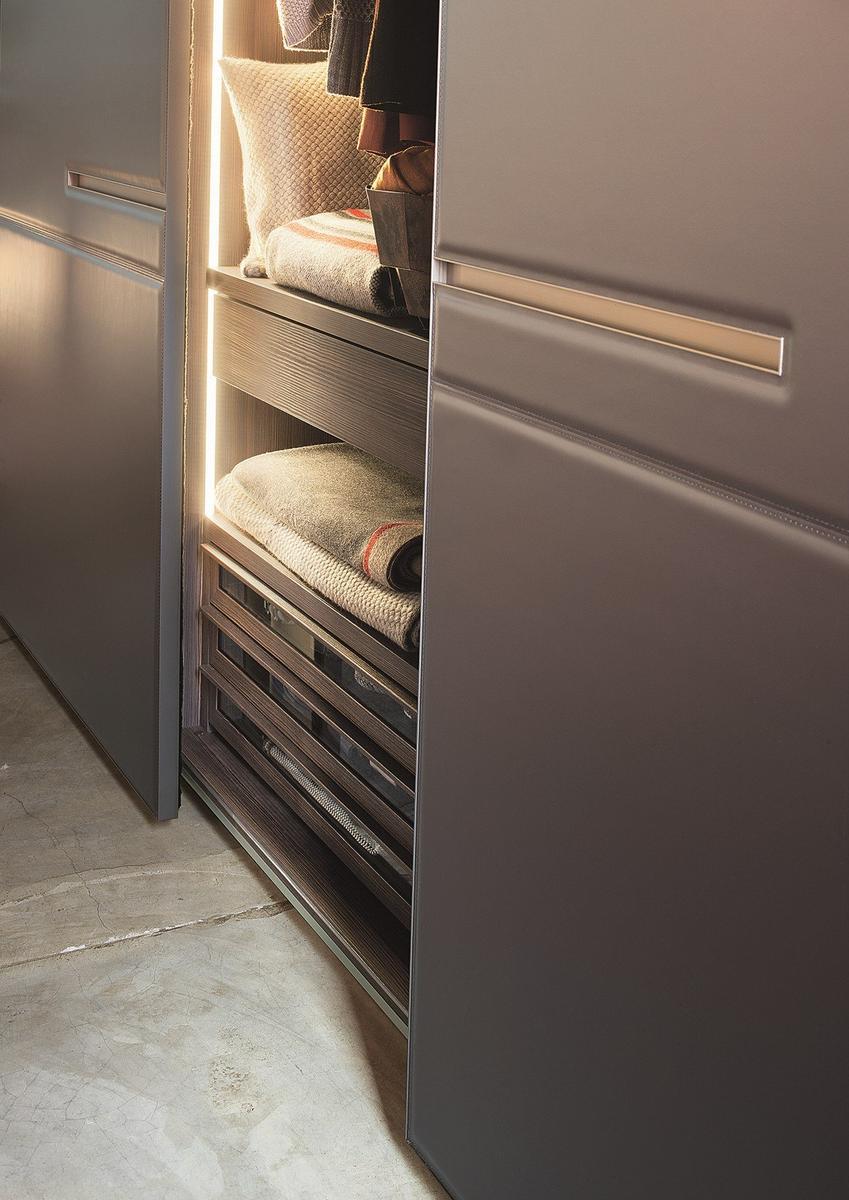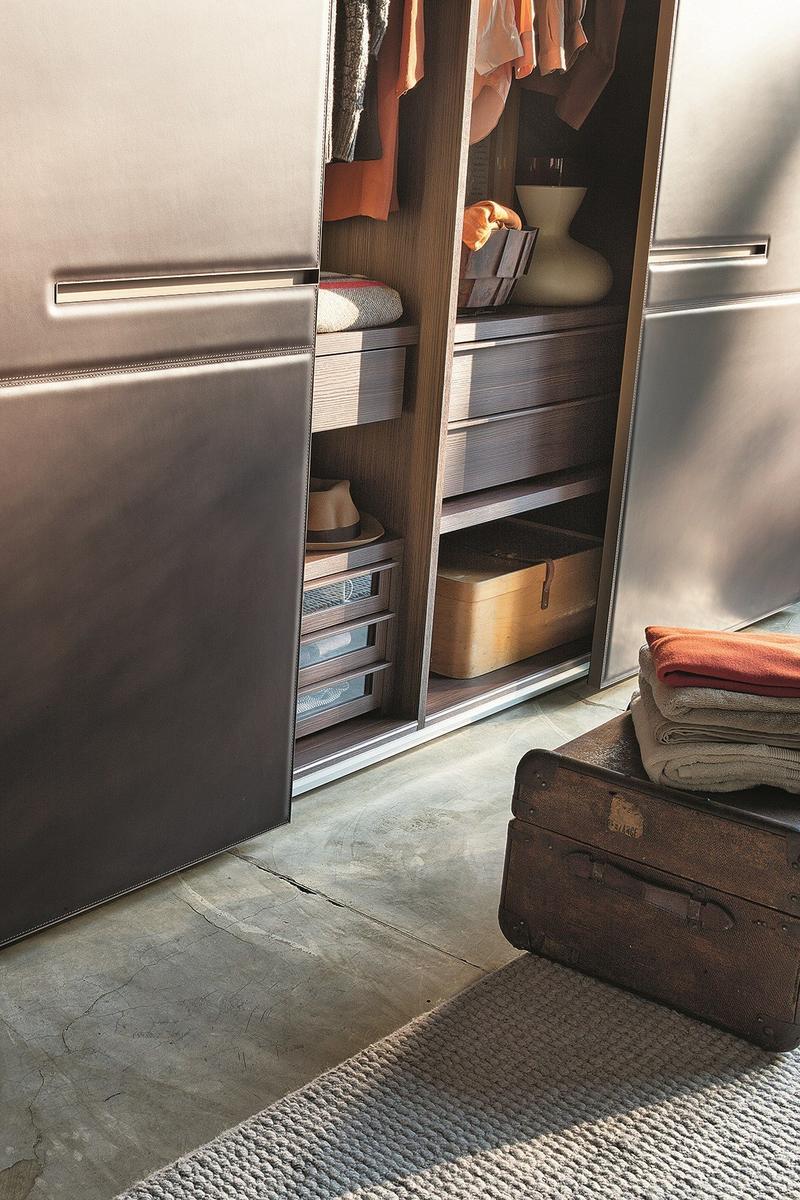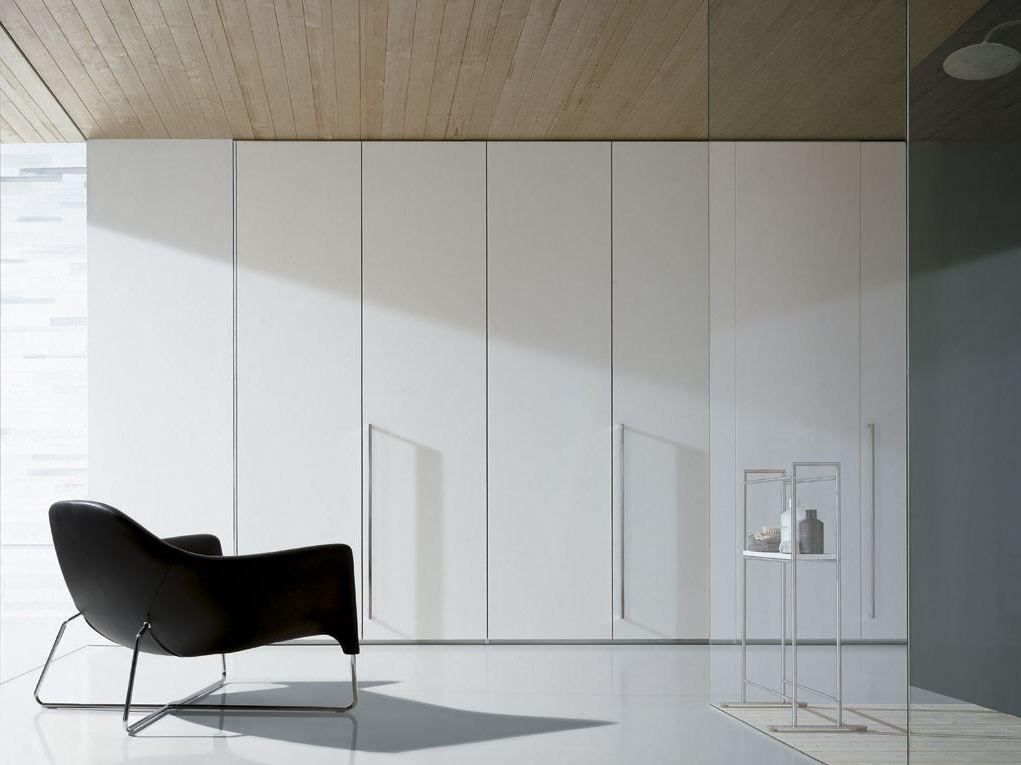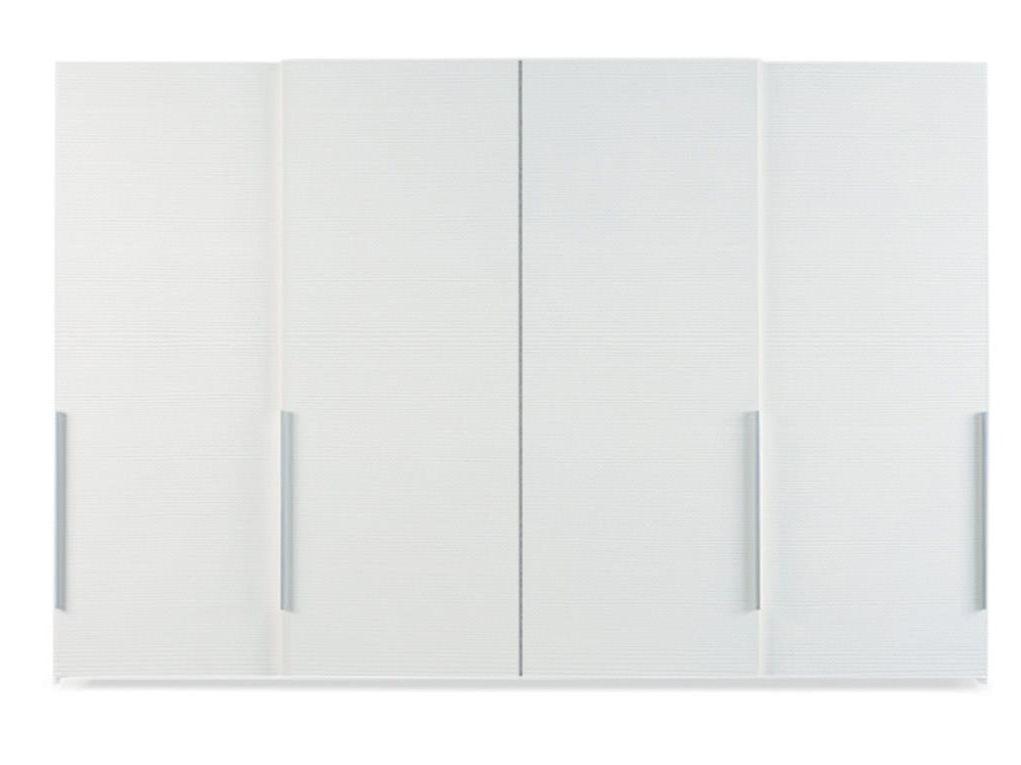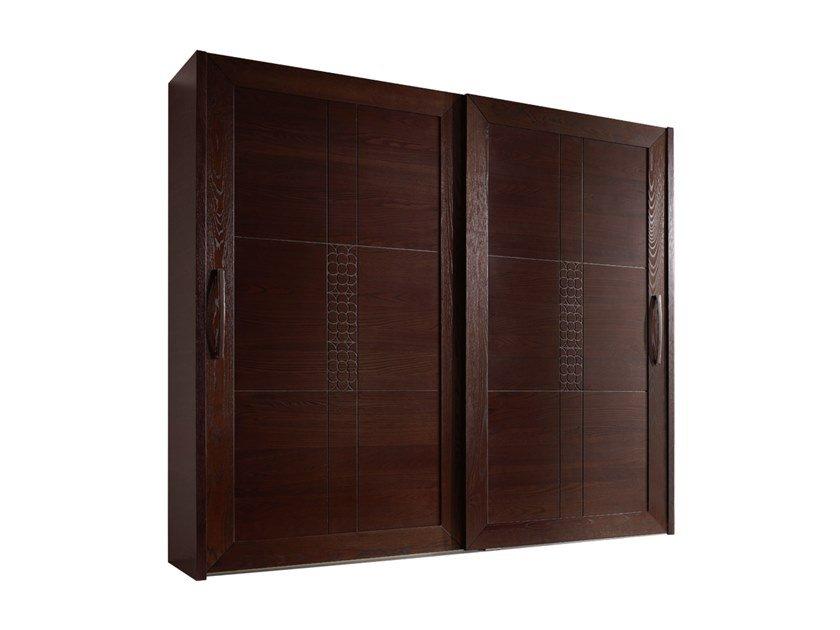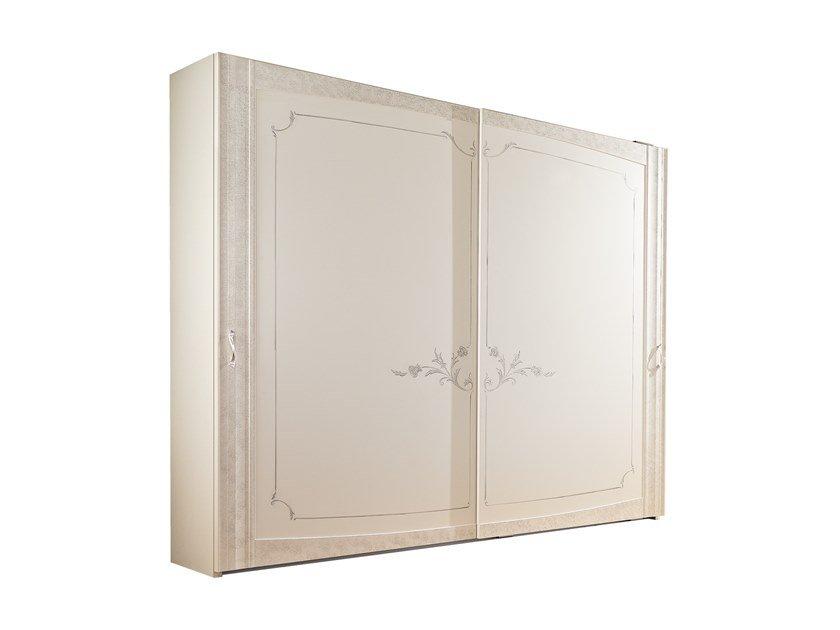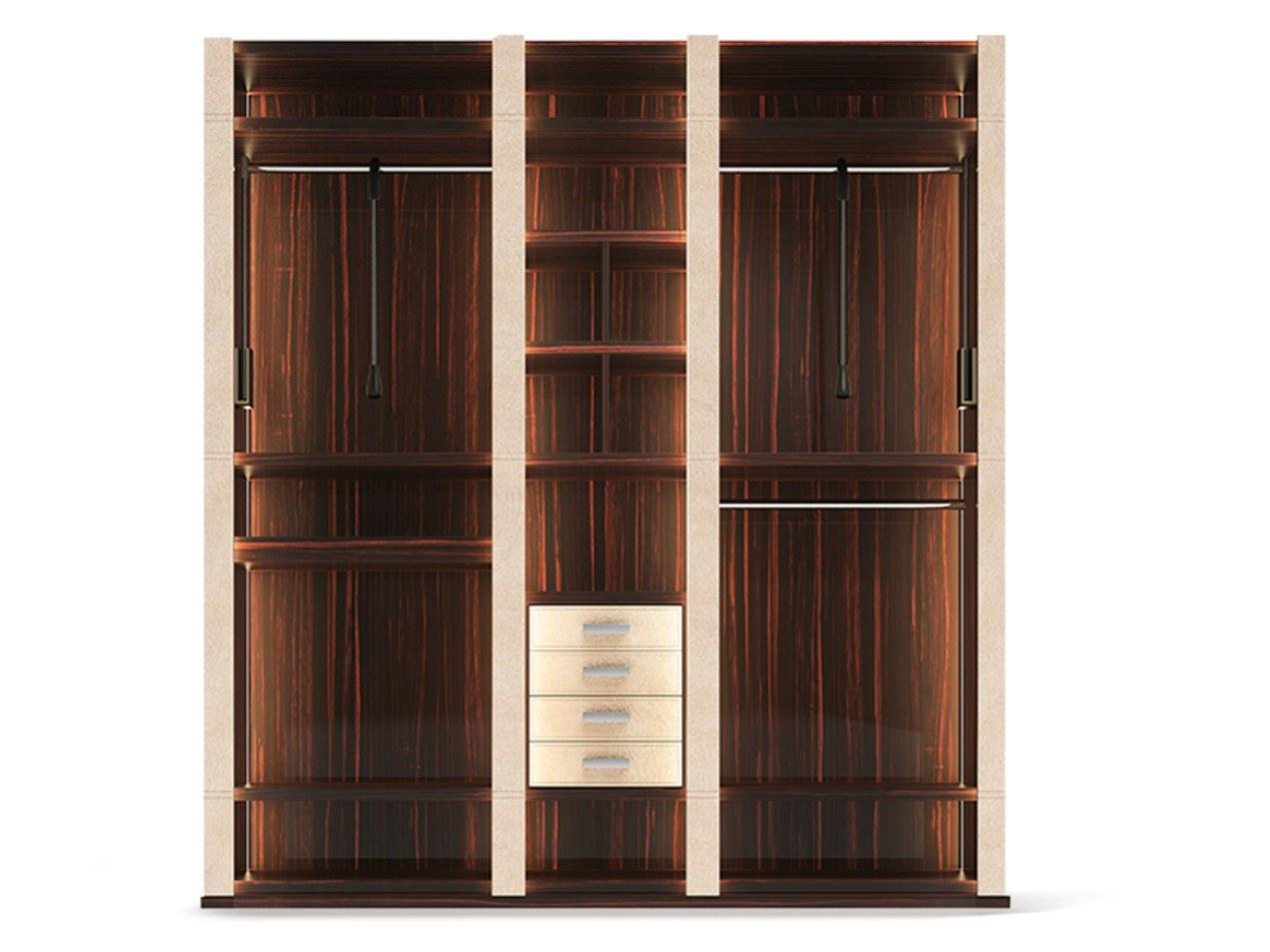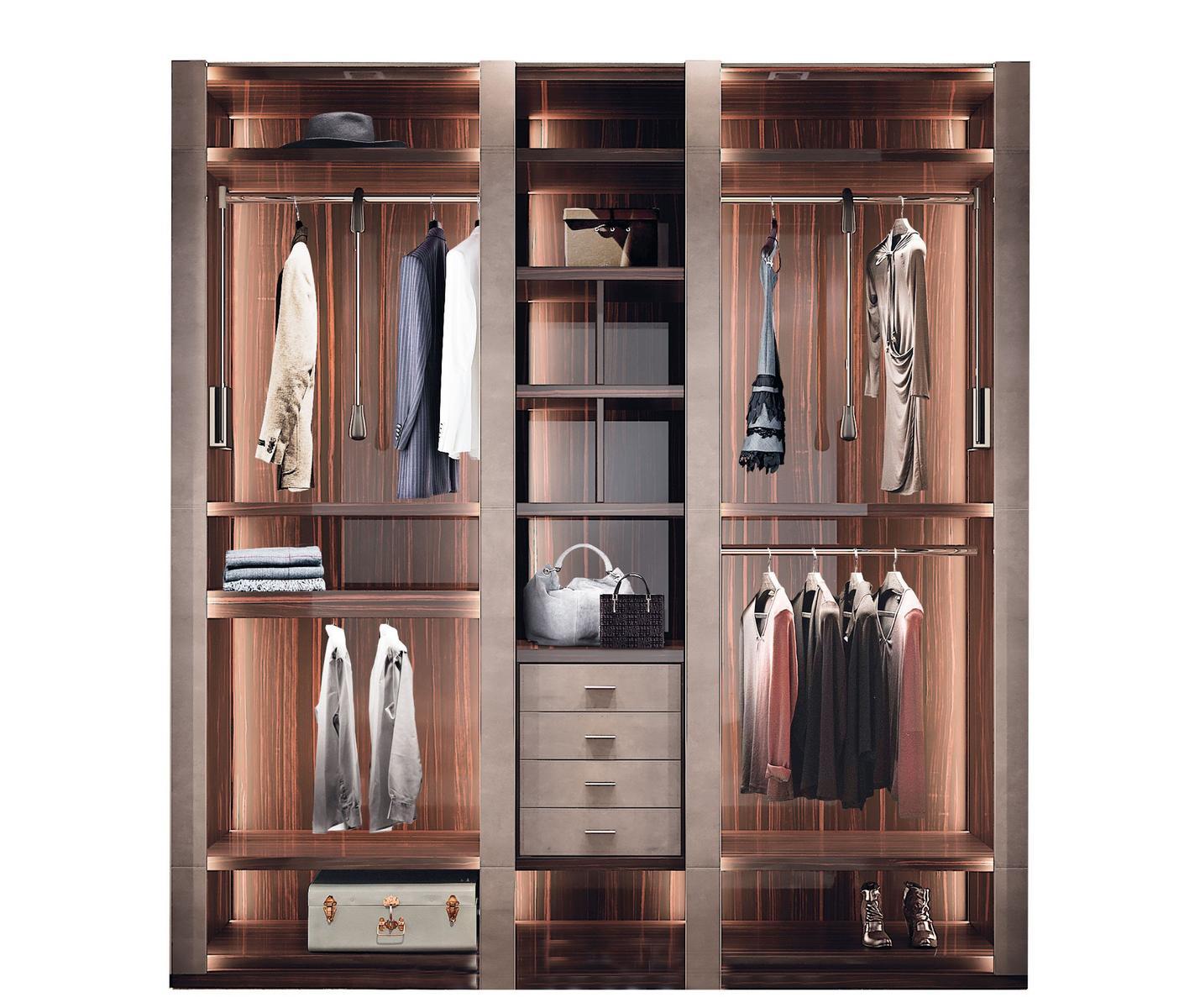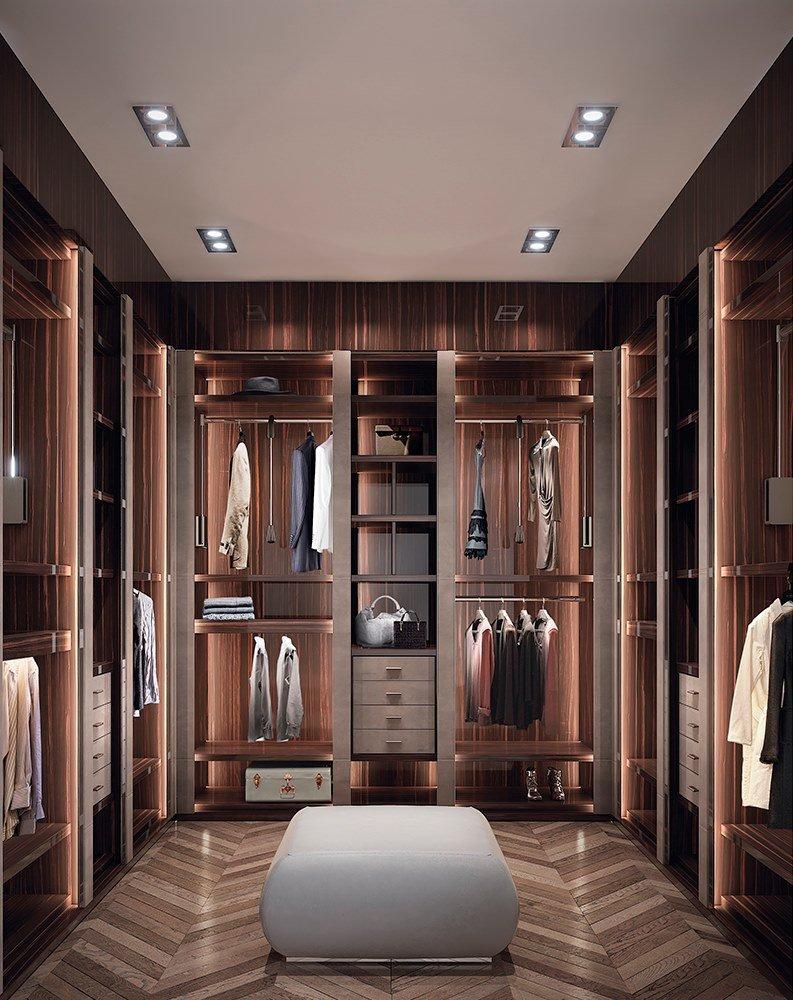Behind Closed Doors: Uncommon Traits of Wardrobes
Wardrobes, often referred to as closets, are essential fixtures in any bedroom, providing storage for clothes, shoes, and personal belongings, thereby maintaining an organized space. They come in various designs, sizes, and features, showcasing unique attributes. A notable example is the walk-in closet, favored by fashion aficionados for its extensive space and convenience in selecting outfits. These closets often feature shelves, drawers, and hanging rods for optimal storage. Built-in wardrobes, custom-made to fit a room’s specific dimensions, seamlessly integrate with the room’s design, often including sliding doors or built-in lighting. Beyond their storage function, wardrobes enhance the room’s aesthetic by concealing personal items and contributing to a neat appearance.
Inside Out: The Purpose of Wardrobes
Wardrobes are critical in providing storage for clothing, shoes, and accessories, but they also store a variety of other household items. Some come with built-in drawers and shelves, suitable for books, bedding, and small electronics, offering versatile storage solutions for any room, whether it’s a bedroom, living room, or entryway. Despite this versatility, wardrobes are most commonly found in bedrooms to conveniently store clothes and create a cozy, intimate atmosphere, contributing to a peaceful environment.
Closet Connoisseur: Exploring Types and Styles
Among the most prevalent types of wardrobes are freestanding wardrobes, built-in wardrobes, and walk-in closets, each offering distinct advantages. Freestanding wardrobes, often crafted from wood or occasionally metal, are available in styles ranging from Classic to Contemporary, featuring rails, shelves, and drawers. Built-in wardrobes, more popular today, are custom-fitted to specific spaces like alcoves, providing a sleek, integrated look with sliding doors. These wardrobes offer customizable storage options based on the owner’s needs. Walk-in closets are considered the pinnacle of luxury, featuring specialized organizers like pull-out drawers and shoe racks. Closets also come in corner and sectional forms, with corner wardrobes optimizing space utilization and sectional wardrobes allowing for flexible configurations in larger spaces. The materials used, including wood veneer, melamine, glass, and metal, significantly affect the design and durability of the wardrobe, making material selection crucial.
The Pursuit of Perfect Wardrobe
Selecting the perfect wardrobe is an enjoyable and rewarding process with the right approach. Start by assessing your current storage needs and considering your organizational preferences. Choose between built-in, freestanding, or walk-in wardrobes and accurately measure your space to ensure a proper fit. Set a budget to narrow down your options and conduct thorough research on different types and brands. Read reviews and seek recommendations from friends and family. For unique requirements, consider customizing a wardrobe to perfectly match your needs.
Our Favorite Wardrobe Brand
The Italian brand Lema offers customizable wardrobes that merge technology with style, ideal for those seeking luxury. The “Ellevi” wardrobe with coplanar doors stands out, offering various interior configurations for storage needs, including specialized units for pants, belts, and shoes. It is available in over 40 lacquered shades and features a sophisticated compass-opening system for a smooth surface. Another elegant option is the “Warm” freestanding wardrobe by David Lòpez Quincoces, known for its soft appearance and leather finish with unique stitching. Lema wardrobes come with refined accessories like leather mats for drawers and integrated lighting, making them perfect for anyone who values design and functionality.


